El blog de CookieHub: su recurso de referencia para navegar por la cambiante intersección de la privacidad de datos y las normativas globales de privacidad, el cumplimiento de cookies y la gestión del consentimiento.
Si busca información sobre las últimas novedades del RGPD, la CCPA, la LGPD y otras leyes de privacidad de datos, o si desea comprender las complejidades de la gestión de cookies y la gestión del consentimiento, este blog es el lugar ideal.
Nuestro blog ofrece cobertura sobre las leyes de privacidad e información sobre las últimas normativas, incluyendo el RGPD, la CCPA, la LGPD y la CNIL. Manténgase informado sobre los últimos avances en cumplimiento de cookies aquí mismo.
Capacitamos a profesionales del marketing, desarrolladores y líderes empresariales para que cumplan con las normativas, generen confianza y ofrezcan experiencias digitales a prueba de futuro para los usuarios de todo el mundo.
Cuando el legado se encuentra con la privacidad: las industrias no digitales luchan con la gobernanza de datos y el consentimiento
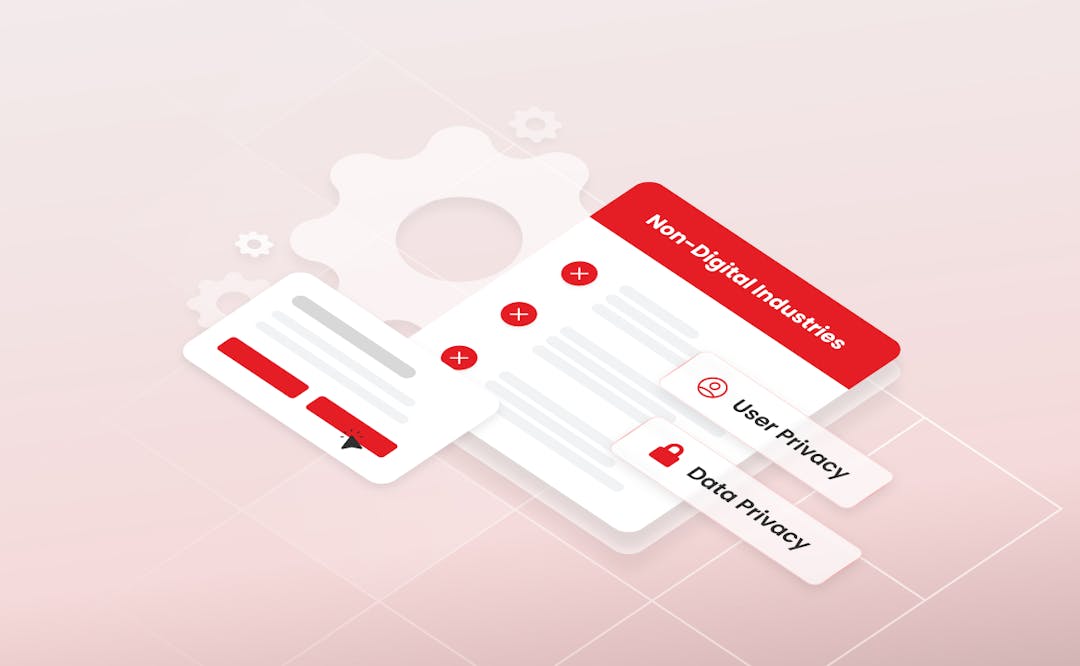
Las industrias no digitales, como la manufactura y la construcción, enfrentan dificultades con la privacidad de los datos debido a la fragmentación de los sistemas heredados y la resistencia cultural. Ante la complejidad de las regulaciones y el aumento de los ciberataques, estas empresas "analógicas" deben priorizar la aceptación de los líderes y las plataformas modernas de gestión del consentimiento para transformar las cargas de cumplimiento normativo en una base para la confianza y la resiliencia operativa.
Cuando los datos llegan a donde el consentimiento no ha llegado
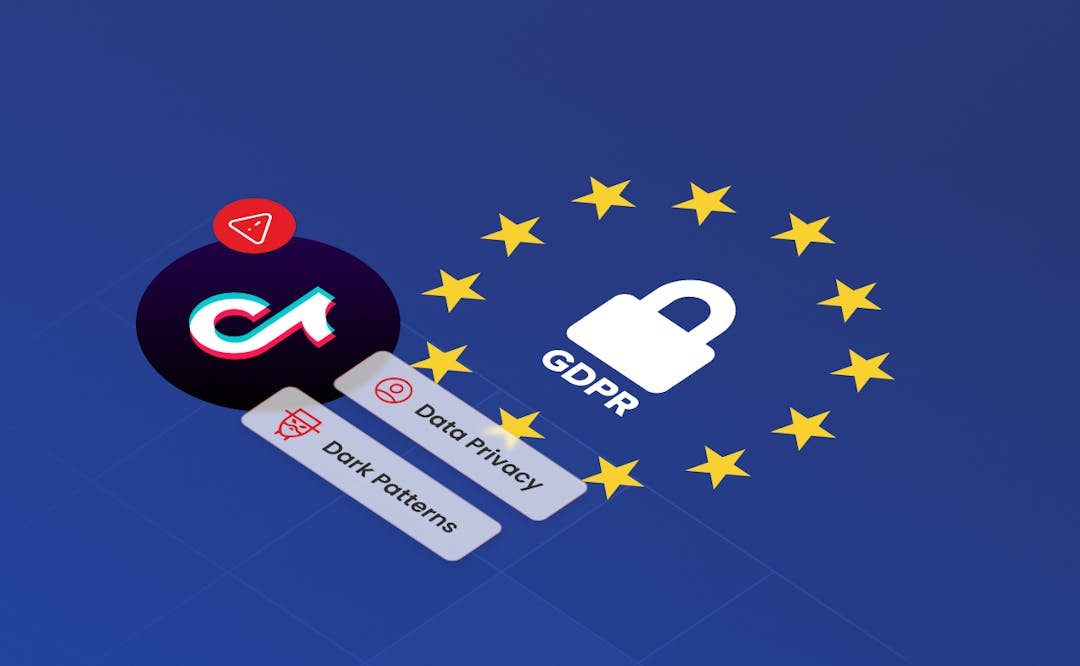
TikTok fue multado con 530 millones de euros por el RGPD por transferir ilegalmente datos de usuarios de la UE a China sin el consentimiento ni la protección adecuados, lo que pone de manifiesto un grave problema de privacidad. El consentimiento débil, los patrones oscuros y los avisos imprecisos erosionan la confianza. Las soluciones exigen mayor transparencia, un diseño flexible y una aplicación legal estricta para garantizar que los datos solo se transmitan cuando se otorga un permiso explícito.
¿Cuál es el futuro de los anuncios dirigidos en un mundo donde el consentimiento es lo primero?

El caso O'Carroll contra Meta pone de relieve la creciente atención regulatoria al consentimiento del usuario y la publicidad dirigida. Los organismos reguladores, como la ICO, afirman que los anuncios dirigidos constituyen marketing directo y están sujetos al RGPD. Las empresas deben respetar las exclusiones voluntarias, evitar patrones oscuros y obtener un consentimiento genuino e informado para generar confianza en el consumidor y garantizar el cumplimiento normativo.
¿Las regulaciones de privacidad y los mecanismos de consentimiento se adaptan al ritmo de las tecnologías emergentes?
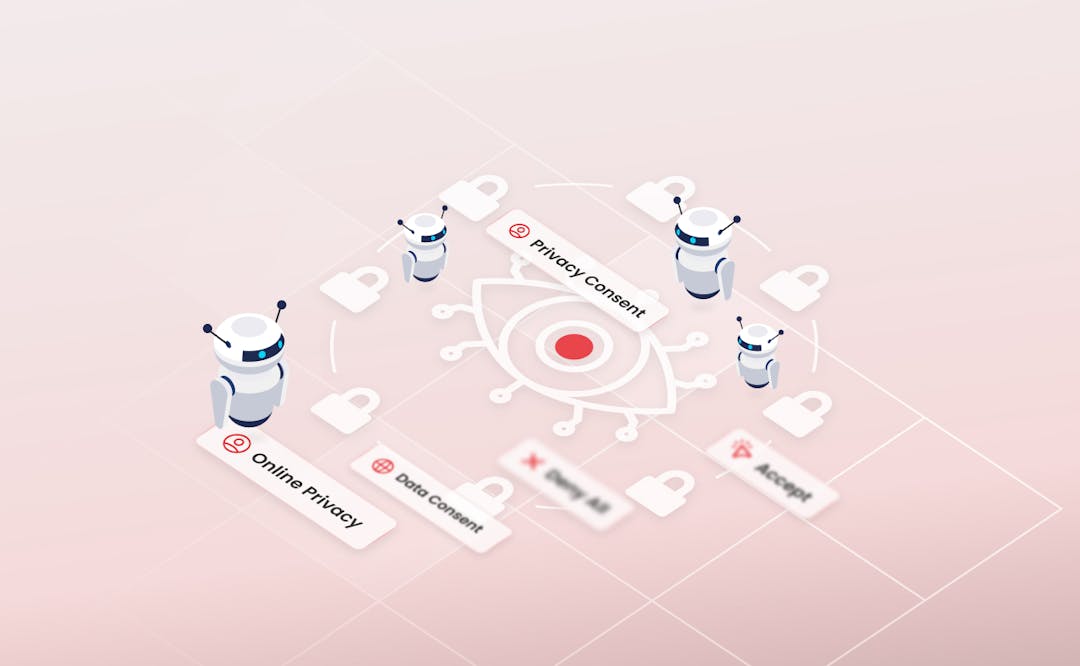
Las leyes de privacidad fragmentadas y los modelos de consentimiento lentos y obsoletos no son rival para la aceleración de la IA, la neurotecnología y la vigilancia. La regulación se expande de forma desigual, dejando lagunas en los datos neuronales, la elaboración de perfiles y el cifrado. El consentimiento estático sigue siendo insuficiente. Sin marcos unificados, dinámicos y de privacidad por diseño, las organizaciones corren el riesgo de quedarse atrás y exponer a los usuarios a una explotación de datos sin control.
Privacidad: el derecho más valioso de todos
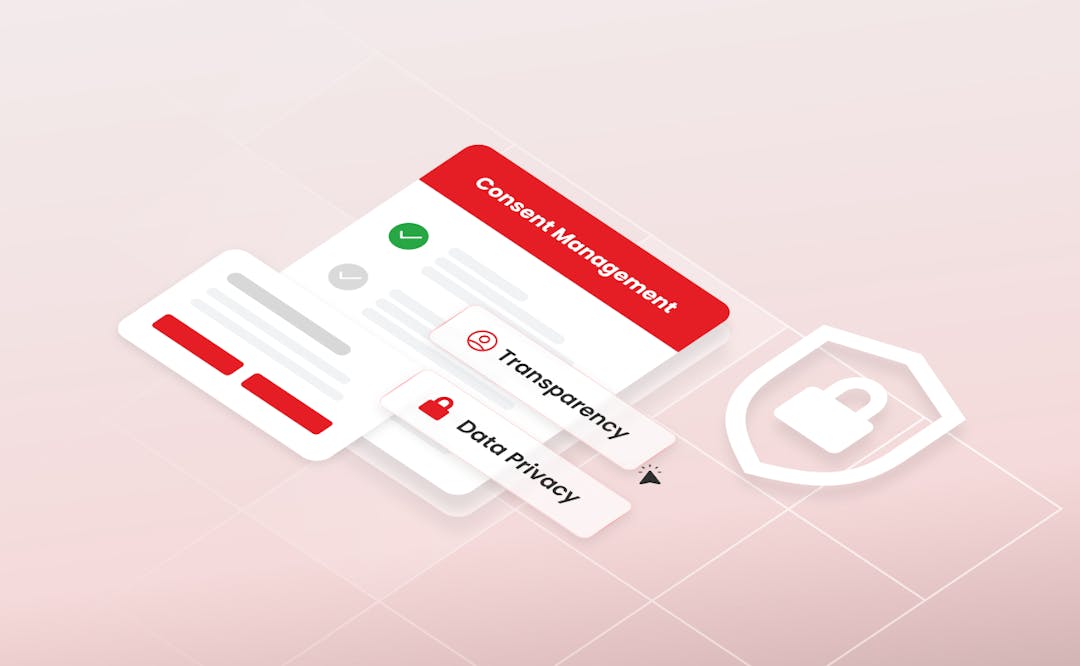
La privacidad se está desmoronando debido a la recopilación generalizada de datos, los patrones oscuros y las prácticas de consentimiento deficientes. Las personas pierden autonomía mientras las empresas se enfrentan a riesgos legales y reputacionales. Una gestión del consentimiento transparente y auténtica es innegociable: proporciona control, cumplimiento normativo y confianza. El uso ético y con propósito de los datos y unas políticas de gestión de contenido sólidas son ahora el estándar mínimo para unas operaciones digitales responsables.
¿Hacia dónde se dirigen las cookies de seguimiento y el consentimiento de cookies?
Regulators are tightening expectations around cookie consent, exposing how tracking persists through supercookies and loopholes. With third-party cookies lingering, enforcement focuses on real user choice, not banners. New UK rules ease low-risk uses while AI reshapes consent operations. The future demands adaptive, accountable, risk-based data practices across global digital ecosystems.
Cuando “no usar cookies” no es suficiente: Cómo los navegadores siguen rastreándote

Rechazar las cookies no impide el rastreo. Muchos sitios web utilizan cookies imposibles de eliminar o «inalterables», huellas digitales y cookies persistentes para identificar a los usuarios. Aplicaciones y navegadores como Chrome también permiten el rastreo entre dispositivos. La verdadera privacidad requiere un consentimiento y una concienciación más estrictos; los avisos de cookies por sí solos no pueden proteger contra los métodos de rastreo ocultos y persistentes actuales.
Ampliando las fronteras del consentimiento y la privacidad de datos: Demandas colectivas sin violación de datos
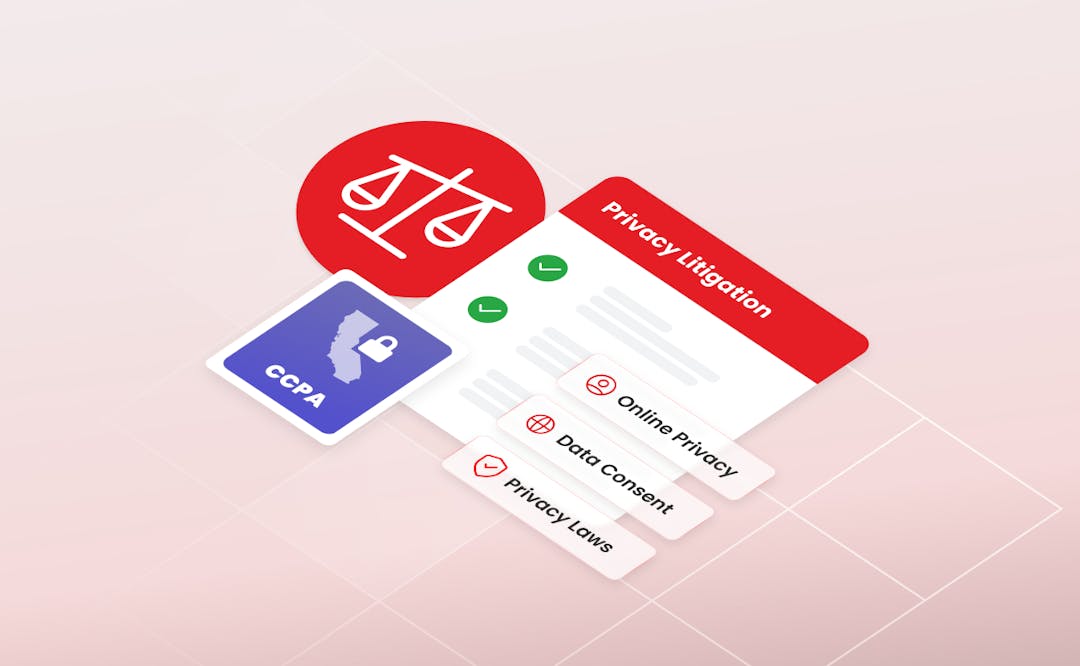
Los litigios sobre privacidad se están extendiendo más allá de las filtraciones de datos, abarcando ahora el uso rutinario de datos, las tecnologías de seguimiento y el consentimiento insuficiente. Las nuevas interpretaciones de leyes como la CCPA y la BIPA, junto con las leyes sobre escuchas telefónicas y privacidad de vídeo, están impulsando las demandas colectivas. Las empresas ahora se enfrentan a responsabilidad por fallos en el consentimiento —incluso sin filtraciones—, lo que subraya la necesidad de contar con mecanismos de consentimiento sólidos.
Aliviar la fatiga del consentimiento: cómo puede ayudar un CMP
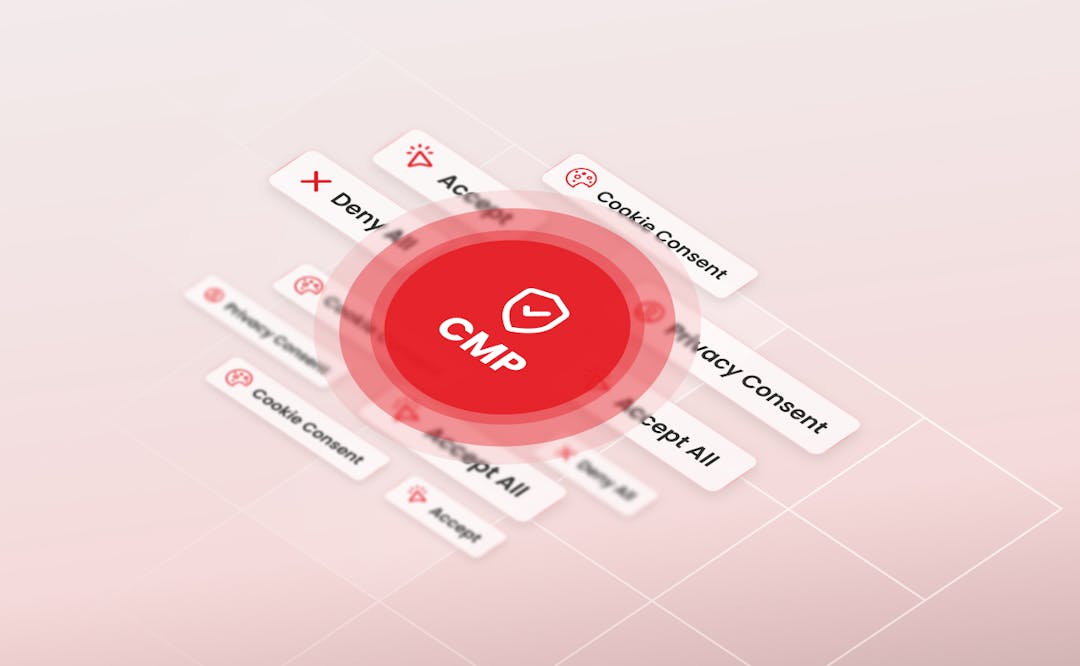
La fatiga del consentimiento aumenta a medida que los usuarios se enfrentan a constantes solicitudes de cookies y a leyes de privacidad fragmentadas. Los reguladores exigen opciones de consentimiento justas y sencillas, mientras que las empresas deben equilibrar el cumplimiento normativo y el marketing. Las plataformas modernas de gestión del consentimiento (CMP) pueden reducir la fatiga al respetar las señales de cancelación de suscripción, diseñar banners éticos, minimizar la repetición e integrar prácticas de privacidad centradas en la confianza.
No pierda la claridad de sus datos: prepárese para la fecha límite de la señal de consentimiento de Microsoft, el 31 de octubre

A partir del 31 de octubre de 2025, Microsoft Clarity requerirá señales de consentimiento válidas de los visitantes del EEE, el Reino Unido y Suiza antes de recopilar datos analíticos. Sin ellas, podrían perderse funciones clave como las repeticiones de sesiones y los embudos de conversión. El uso de una plataforma de gestión del consentimiento como CookieHub garantiza el cumplimiento normativo, preserva la calidad de los análisis y mantiene la confianza de los usuarios.
La seguridad y el cumplimiento de la privacidad de los datos no son lo mismo.
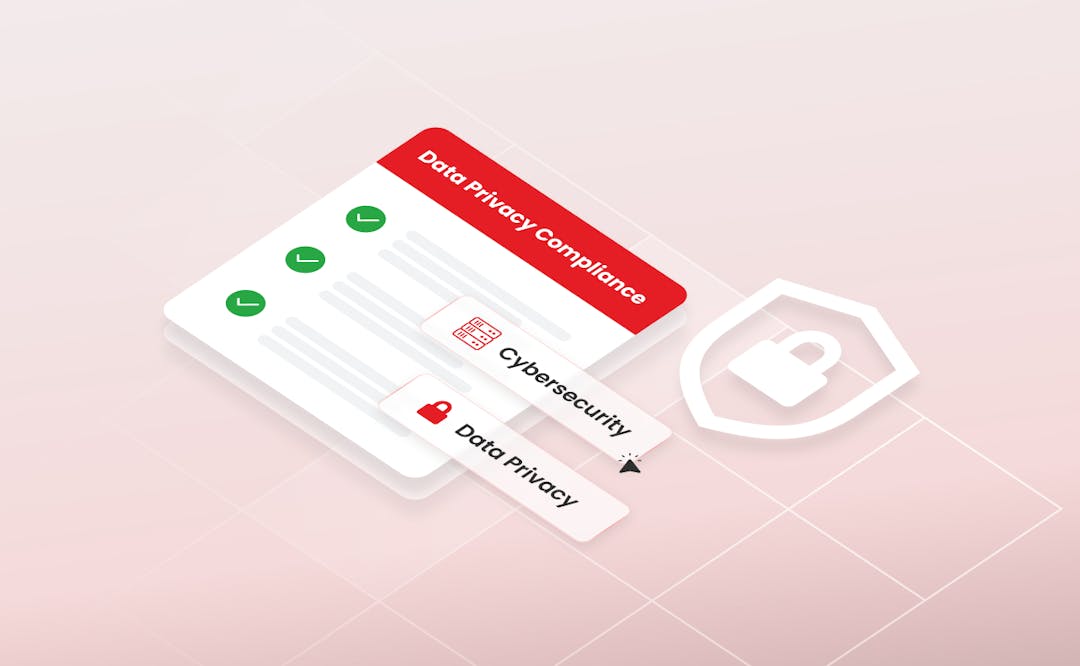
La ciberseguridad y el cumplimiento de la normativa sobre privacidad de datos son distintos pero interdependientes. La ciberseguridad protege los sistemas de las amenazas, mientras que la privacidad garantiza el tratamiento legal de los datos. Confundir ambos conceptos genera riesgos. Las estrategias integradas —que combinan gobernanza, privacidad desde el diseño y gestión del consentimiento— son esenciales para el cumplimiento, la confianza y la resiliencia. Una plataforma de gestión del consentimiento como CookieHub unifica ambos ámbitos de forma eficaz.
La publicidad digital en la UE bajo la lupa: desde los marcos de consentimiento hasta los anuncios basados en la vigilancia.
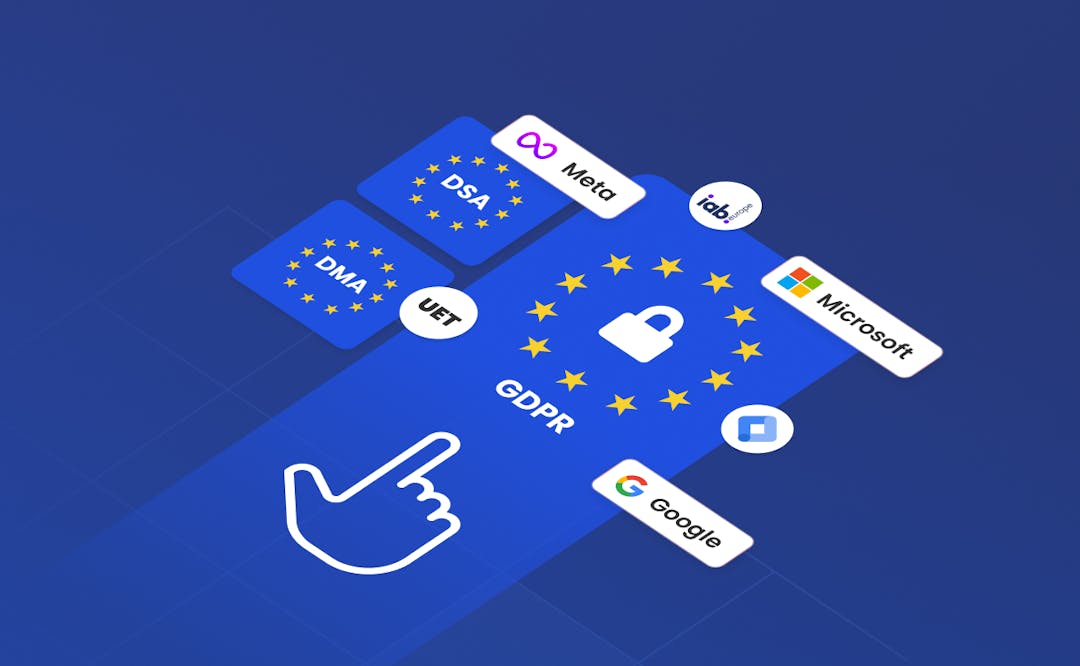
La UE está intensificando el control sobre la publicidad digital, centrándose en los modelos basados en el seguimiento y redefiniendo los datos personales. Las resoluciones judiciales cuestionan el Marco de Privacidad y Consentimiento (TCF) de IAB Europe, confirman la responsabilidad compartida en virtud del RGPD y prohíben prácticas clave de consentimiento. Con la presión ejercida por la DSA y la DMA, la transición hacia modelos publicitarios que priorizan la privacidad, se basan en el consentimiento y son menos intrusivos se está acelerando en toda Europa.
Secuestro de sesiones web mediante cookies y cómo puede ayudar una CMP

Kaspersky advierte que el secuestro de sesiones mediante cookies supone graves riesgos de seguridad, ya que permite a los atacantes suplantar la identidad de los usuarios o robar datos. El informe destaca amenazas como XSS, la fijación de sesiones y la configuración insegura de las cookies. Entre las defensas más eficaces se incluyen HTTPS, indicadores Secure/HttpOnly, MFA y plataformas de gestión del consentimiento (CMP) como CookieHub para minimizar las vulnerabilidades basadas en cookies.
Cuando el consentimiento falla: Violaciones de la privacidad en el mundo real y la necesidad de una gestión adaptativa del consentimiento
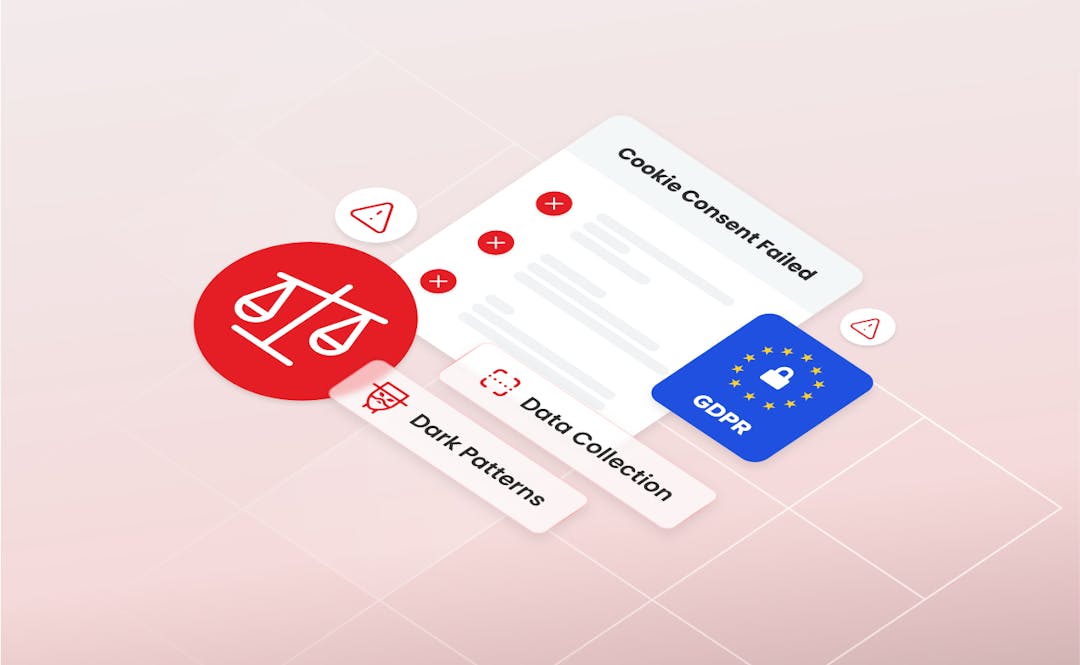
El blog examina violaciones reales de la privacidad que exponen las deficiencias de los sistemas de consentimiento tradicionales. Argumenta que los modelos de consentimiento estáticos y universales pueden erosionar la confianza y los derechos de los usuarios, por lo que se requiere una gestión del consentimiento adaptativa: flexible, transparente y que responda a la evolución de las tecnologías, las regulaciones y las expectativas de los usuarios.
Privacidad de datos y consentimiento: no solo un problema aislado de TI o de herramientas
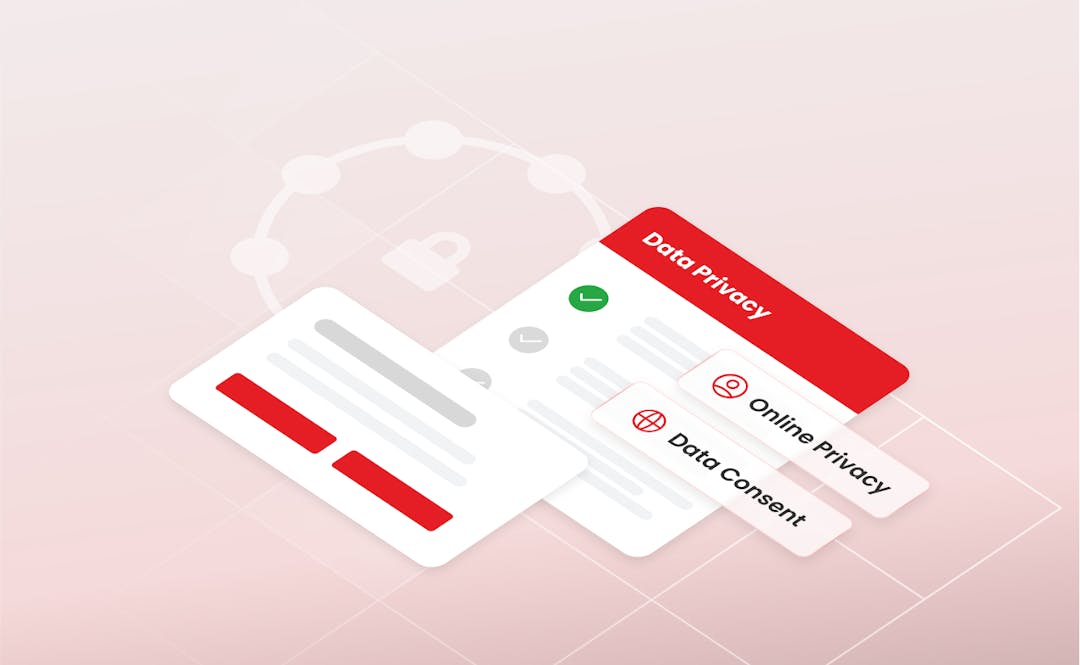
La privacidad de datos moderna va mucho más allá del cumplimiento normativo y los avisos de cookies. Es una prioridad estratégica para toda la empresa que combina tecnología, cultura y confianza. Las empresas que integran la privacidad en sus operaciones —mediante liderazgo, concienciación de los empleados y prácticas transparentes— generan resiliencia, fortalecen la fidelidad de los clientes y convierten la privacidad de una obligación legal en una ventaja competitiva.
¿Funcionan los sistemas de gestión del consentimiento y de privacidad de datos en el mundo real?
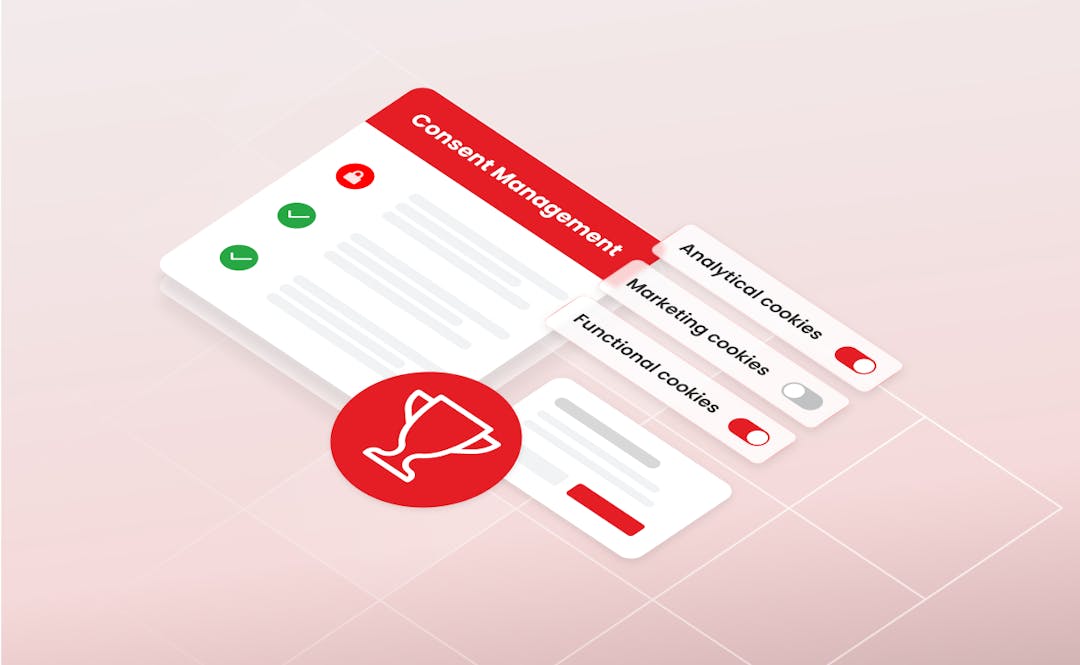
Las plataformas de gestión del consentimiento (CMP) prometen privacidad y cumplimiento normativo reales, pero a menudo incumplen en la práctica. Estudios revelan que diseños manipuladores, revocaciones defectuosas y exclusiones voluntarias ignoradas minan la confianza del usuario. Un verdadero cumplimiento requiere auditoría continua, integración y un diseño centrado en el usuario. Si se implementan correctamente, las CMP evolucionan del cumplimiento normativo a sistemas de gobernanza de datos genuinos que generan confianza.
Defiende tu derecho a borrar tus datos

Los intermediarios de datos se lucran vendiendo información personal y a menudo obstruyen las solicitudes de eliminación mediante patrones oscuros. A pesar de que leyes de privacidad como el RGPD y la CCPA otorgan derechos de eliminación, los intermediarios ocultan páginas de exclusión voluntaria y complican los procesos. La aplicación deficiente, la fragmentación de las regulaciones y los diseños engañosos socavan el consentimiento legítimo, dejando a los consumidores sin la capacidad de proteger su privacidad digital.
La gestione del consenso sui cookie basata sull'intelligenza artificiale è il futuro?
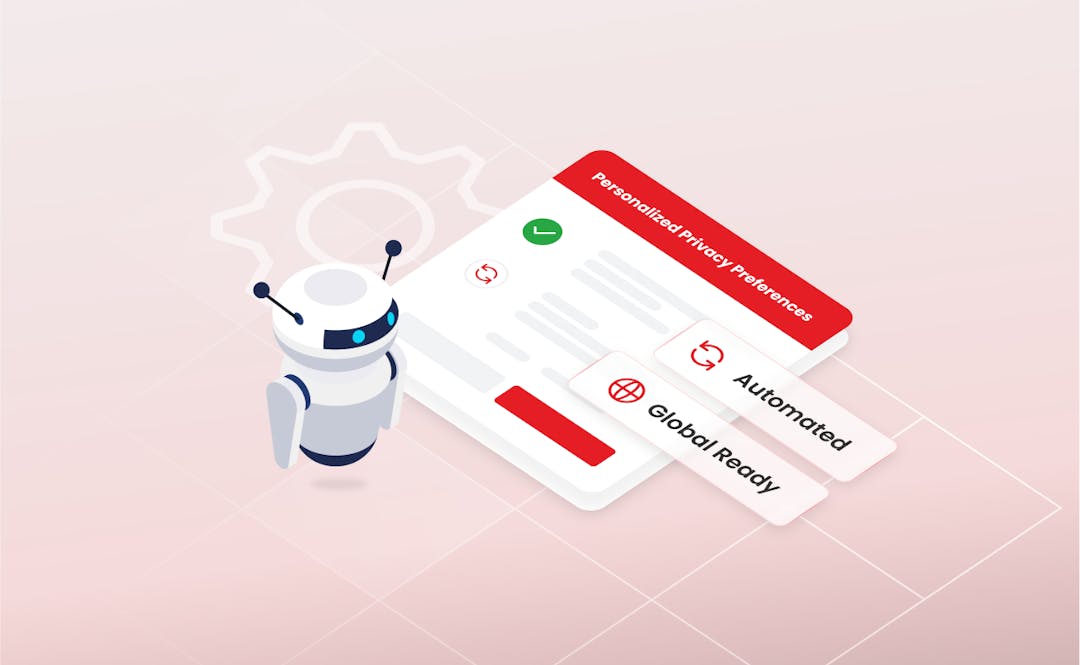
La gestione del consenso sui cookie basata sull'intelligenza artificiale sta trasformando la conformità automatizzando il rilevamento, la categorizzazione e la personalizzazione dei banner, adattandosi al contempo alle normative globali. Migliora l'efficienza e l'esperienza utente, ma solleva problemi di trasparenza, pregiudizi e fiducia. Il successo futuro richiede supervisione etica, responsabilità e allineamento normativo, garantendo che l'intelligenza artificiale consenta soluzioni di consenso affidabili, adattabili e incentrate sull'utente.
Cuando la toma de decisiones automatizada mediante IA viola las normas de privacidad y consentimiento de datos
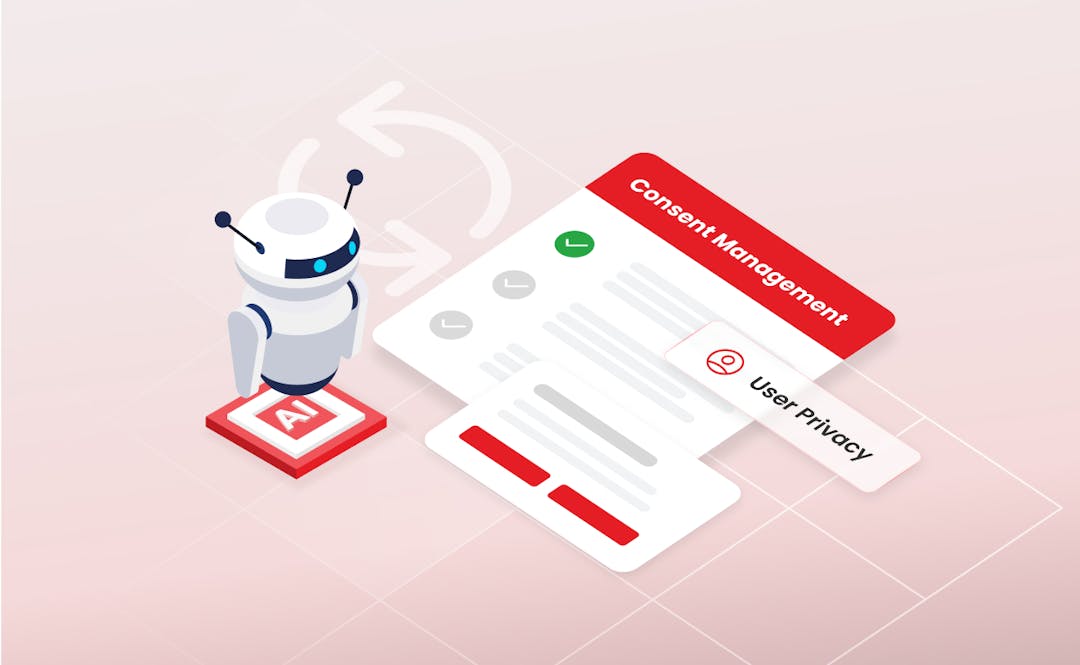
La toma de decisiones basada en IA choca cada vez más con las normas de privacidad de datos y consentimiento, lo que expone riesgos de sesgo, opacidad e infracciones legales. Los organismos reguladores globales, encabezados por la UE, exigen transparencia, explicabilidad y supervisión humana para la IA de alto riesgo. Las organizaciones deben adoptar una gobernanza proactiva, la privacidad desde el diseño y el consentimiento significativo para garantizar la rendición de cuentas, la equidad y la confianza.
Arriva la legge UE sui dati
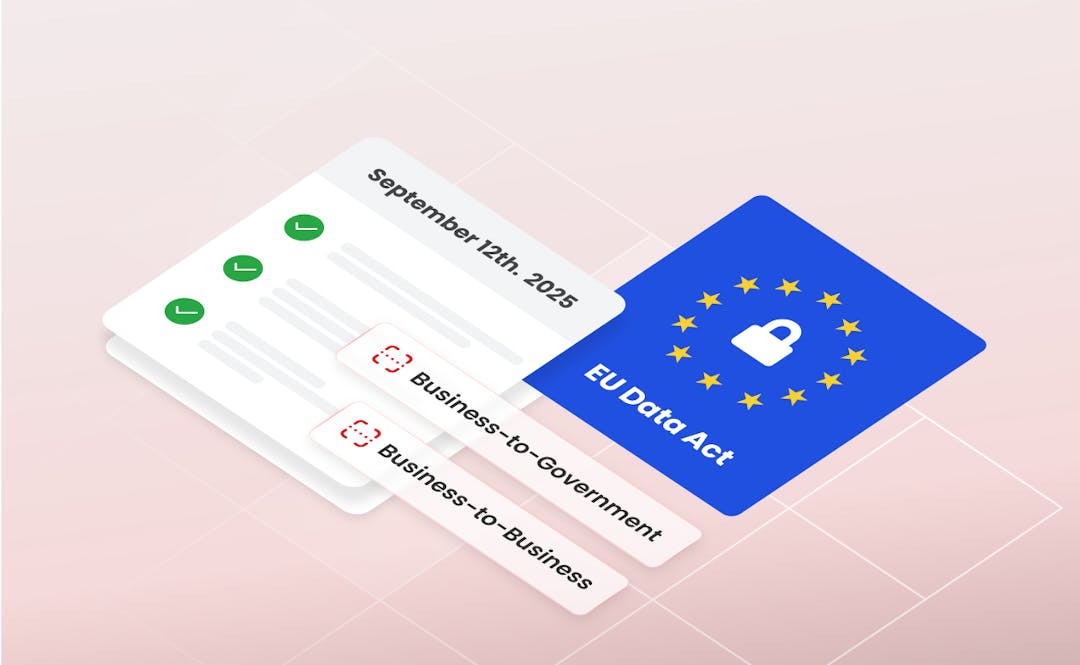
A partire da settembre 2025, l'EU Data Act mira a sbloccare i dati industriali e a promuovere l'innovazione. Consente agli utenti di accedere e condividere dati da dispositivi connessi, riducendo il vincolo con i fornitori. Le aziende devono allineare la condivisione dei dati agli standard GDPR, aggiornando il consenso sui cookie e i quadri tecnici per garantire la trasparenza, pena sanzioni significative.
La Ley de IA de Europa y lo que significa para la privacidad de los datos, el consentimiento y los desarrolladores que crean tecnología

La Ley Europea de IA introduce el primer marco legal global para la IA, equilibrando la innovación con la privacidad y el consentimiento. Su implementación gradual, el Código de Prácticas y la intersección del RGPD suponen un reto para desarrolladores y empresas tecnológicas. El cumplimiento exige categorización de riesgos, transparencia, conocimientos de IA y un consentimiento válido para el uso de cookies, lo que define el futuro de una IA fiable y respetuosa con los derechos en Europa.
Cumplimiento de la Ley de Servicios Digitales (DSA) para profesionales del marketing: igualdad de condiciones en la confianza digital
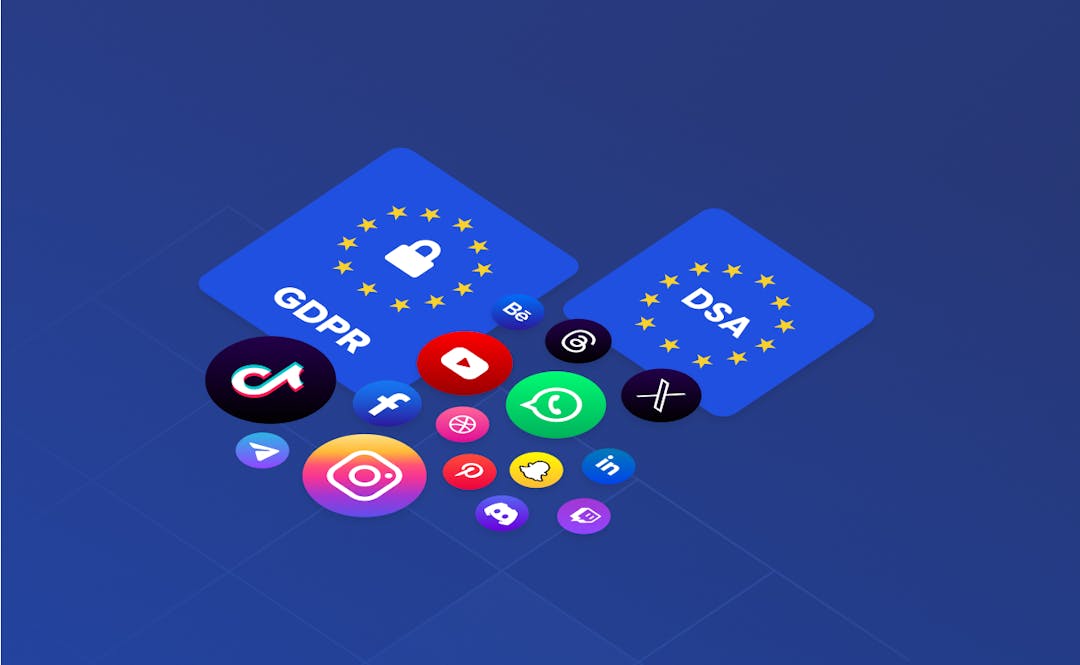
Las nuevas Directrices 3/2025 del CEPD aclaran cómo la DSA y el RGPD funcionan conjuntamente, redefiniendo las prácticas de marketing en torno a la transparencia, la elaboración de perfiles, los sistemas de recomendación y la protección de menores. Para los profesionales del marketing, el cumplimiento no solo consiste en evitar riesgos, sino que también representa una ventaja competitiva que genera confianza, lealtad y solidez reputacional mediante el uso ético de los datos.
Cookies ocultas y el futuro del consentimiento digital: Un mundo de patrones oscuros, un cambio simétrico
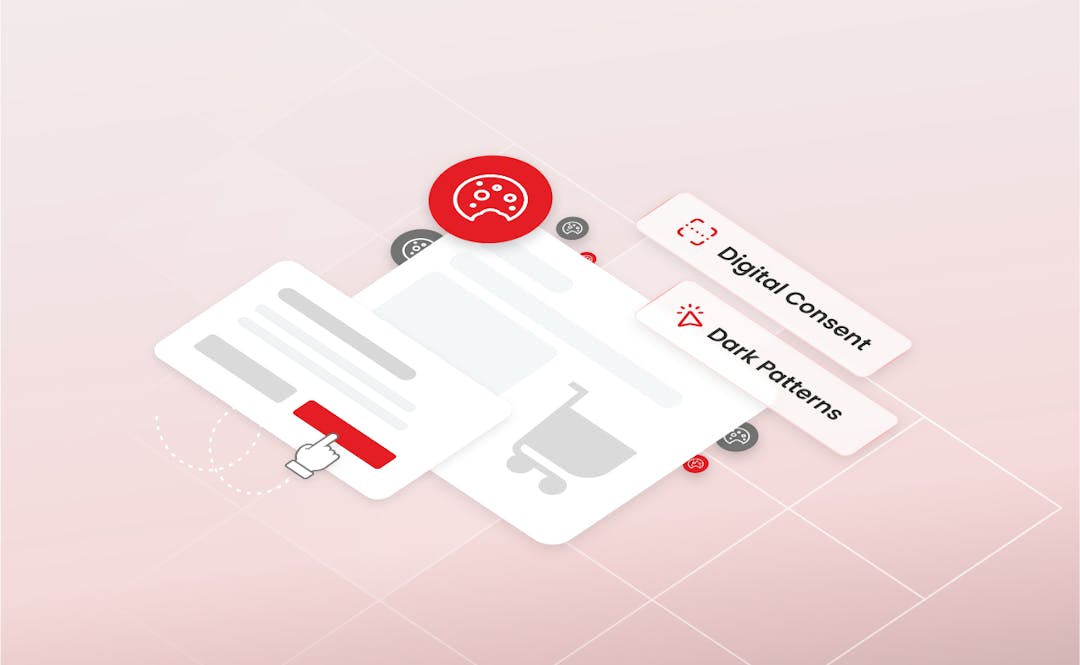
Los patrones oscuros en los banners de consentimiento de cookies socavan la autonomía del usuario e infringen las leyes de privacidad. Los reguladores de todo el mundo exigen ahora una "simetría de elección", garantizando que rechazar las cookies sea tan sencillo como aceptarlas. Ante el aumento de la aplicación de la ley y las multas, las empresas deben adoptar prácticas de consentimiento transparentes, aprovechando las Plataformas de Gestión del Consentimiento (CMP) para generar confianza y cumplimiento normativo.
Ciudadanos estadounidenses accidentales: la autoridad fiscal belga no compartirá datos con EE. UU.
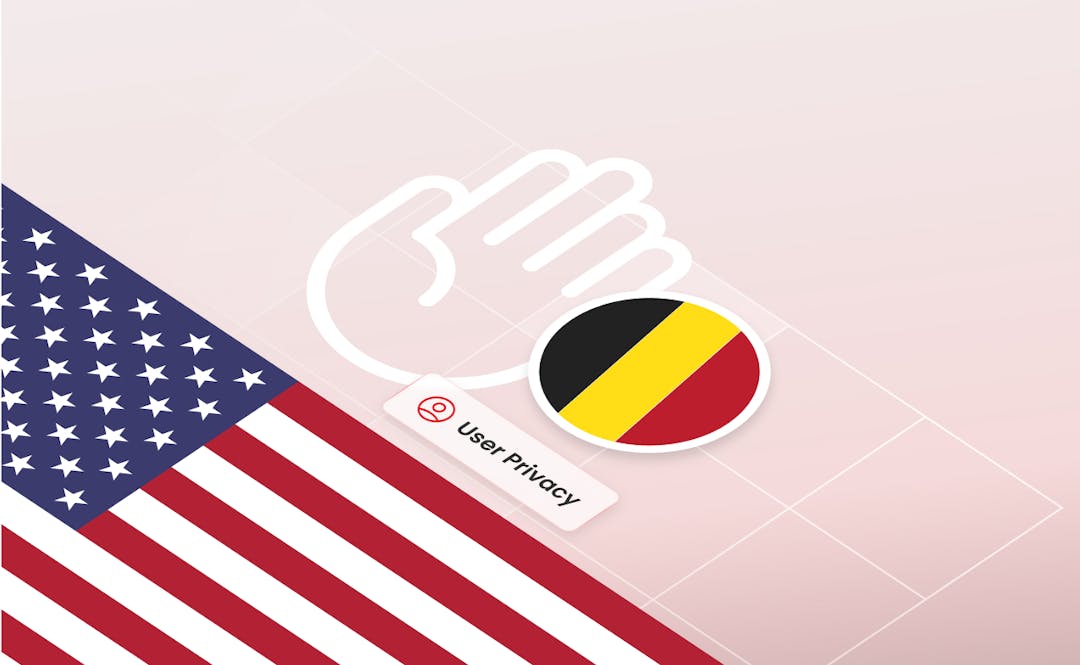
La Autoridad de Protección de Datos de Bélgica dictaminó que compartir datos financieros de ciudadanos con EE. UU. en virtud de la FATCA viola el RGPD, lo que protege a los "estadounidenses accidentales" de denuncias no deseadas. La decisión pone de relieve las tensiones entre la legislación fiscal estadounidense y las normas de privacidad de la UE, planteando interrogantes más amplios sobre las transferencias internacionales de datos, las relaciones transatlánticas y el equilibrio entre tributación y privacidad.
Europa, IA y privacidad de datos: ¿El RGPD y otras regulaciones obstaculizan la innovación?
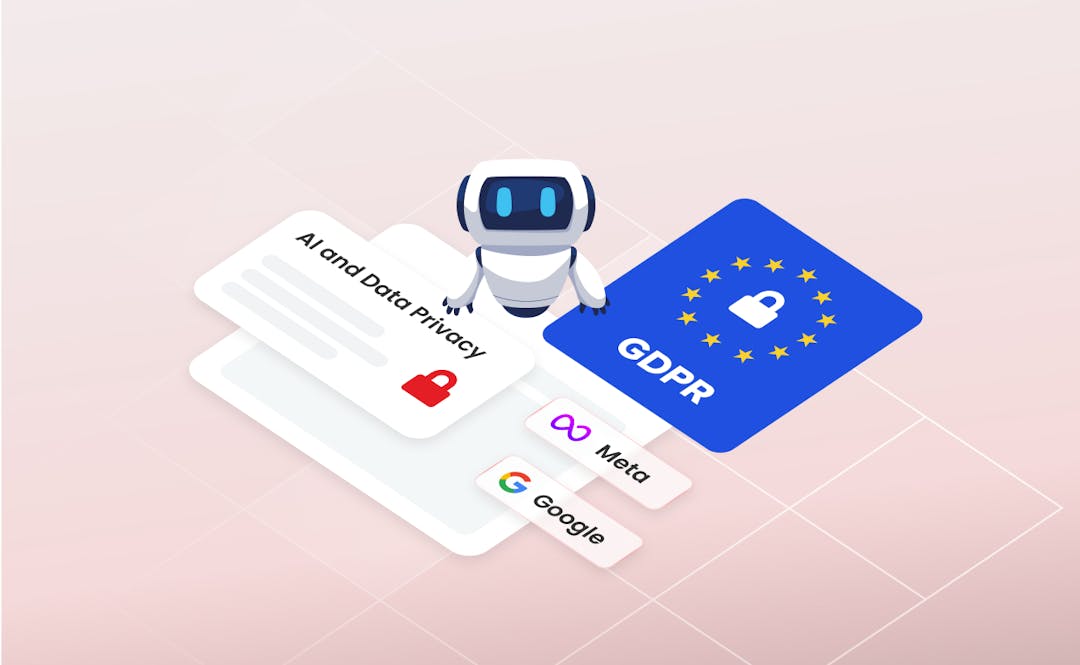
El RGPD de la UE y la futura Ley de IA buscan proteger la privacidad, pero los críticos argumentan que obstaculizan la innovación. Surgen conflictos en torno a la transparencia, la minimización de datos y la rendición de cuentas. Equilibrar el crecimiento de la IA con una sólida protección de la privacidad requiere un diseño que priorice la privacidad, la supervisión del cumplimiento normativo y prácticas éticas, garantizando así el avance de la innovación sin sacrificar los derechos fundamentales.
El rostro cambiante de la gobernanza global de datos: el lanzamiento de los sistemas CBPR y PRP
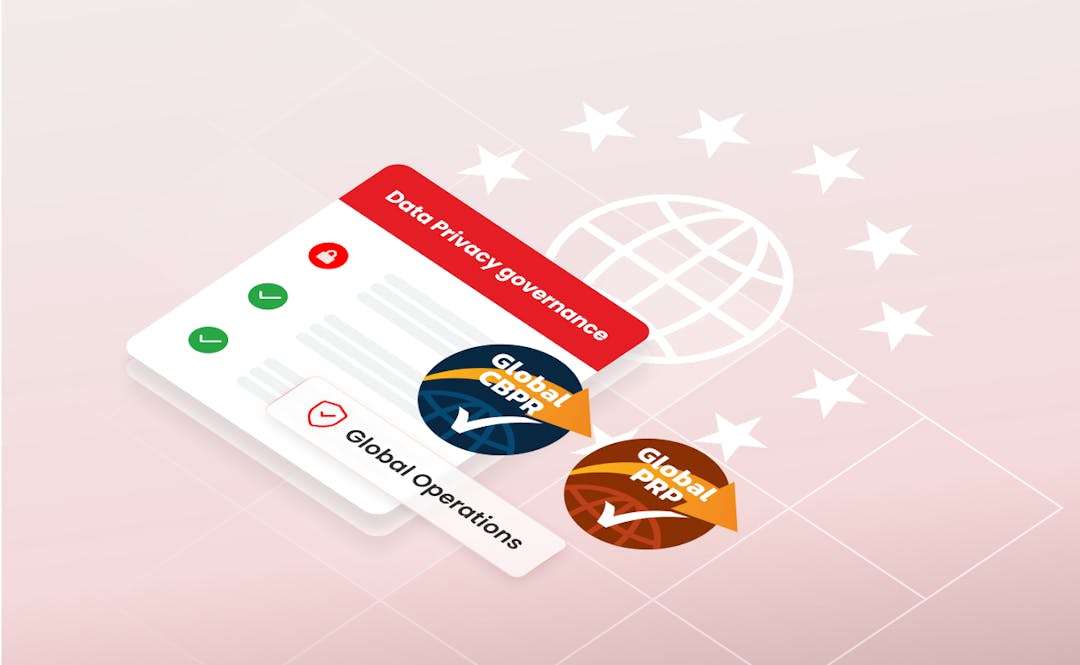
El lanzamiento de los sistemas globales CBPR y PRP marca un paso importante en la armonización internacional de la privacidad de datos. Estos marcos de certificación simplifican el cumplimiento transfronterizo, fomentan la confianza de los usuarios y establecen estándares globales para responsables y encargados del tratamiento, lo que ayuda a las empresas a adaptarse a regulaciones fragmentadas y, al mismo tiempo, demuestra su compromiso con prácticas que priorizan la privacidad.
Sigue disfrutando de esas cookies
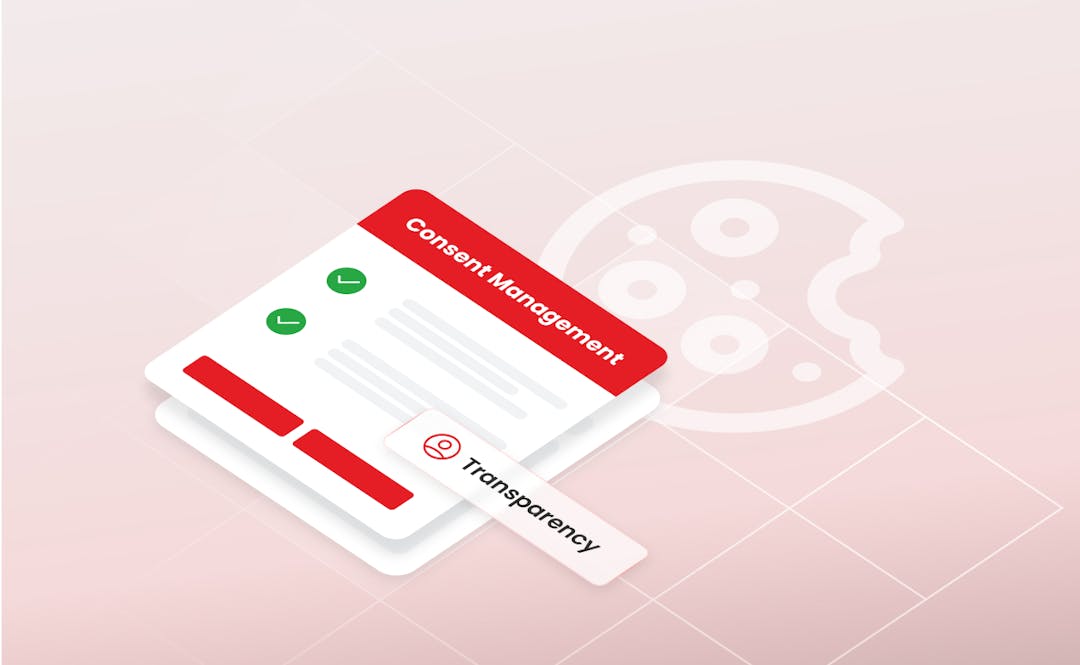
La eliminación progresiva de las cookies de terceros enfrenta retrasos, políticas inconsistentes entre navegadores y complejos desafíos de cumplimiento. Los especialistas en marketing deben adoptar estrategias de datos de primera parte, con un enfoque privacy-first y auditable en materia de consentimiento, evitando los dark patterns para generar confianza, garantizar el cumplimiento normativo y mantenerse competitivos.
Prepárate para una aplicación más estricta del “derecho de supresión”
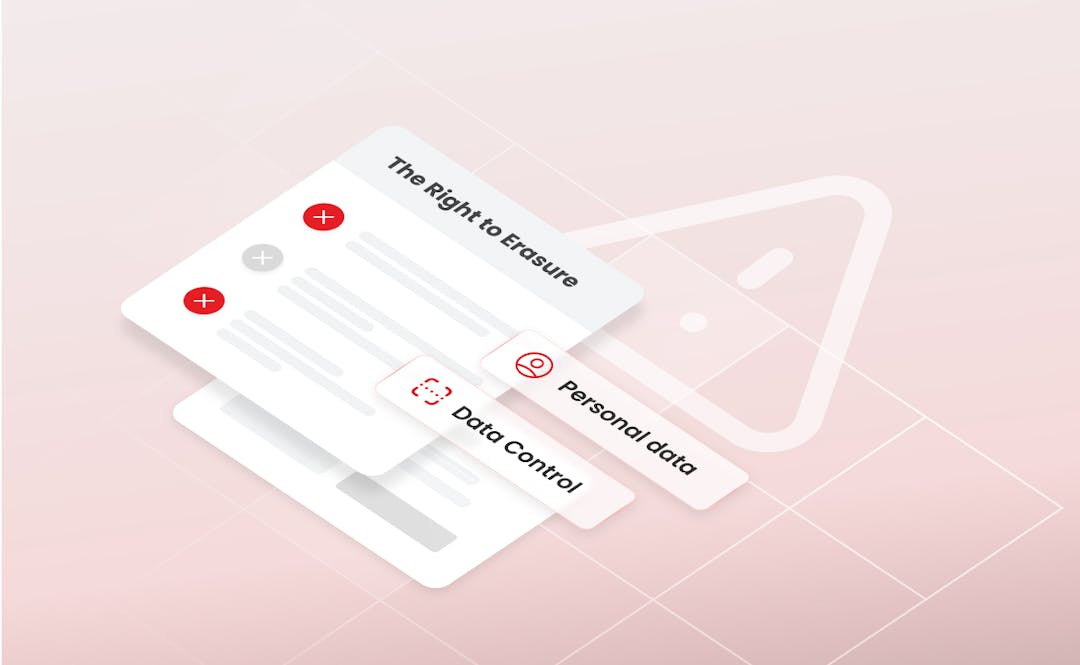
La aplicación del EDPB para 2025 se centra en el Artículo 17 del GDPR, auditando el cumplimiento de las obligaciones de supresión, incluidas las cookies. El aumento de solicitudes de eliminación, los altos costes y los riesgos de incumplimiento exigen flujos de trabajo automatizados, seguimiento del consentimiento, preparación legal y operaciones de privacidad sólidas para evitar sanciones y generar confianza.
La privacidad es personal, pero no elimina el potencial de la personalización

Aprende a ofrecer marketing personalizado respetando la privacidad del consumidor. Descubre estrategias privacy-first que generan confianza, garantizan el cumplimiento normativo y fortalecen las relaciones con los clientes.
Los derechos de los estados y la fragmentación de la privacidad de datos en EE. UU.
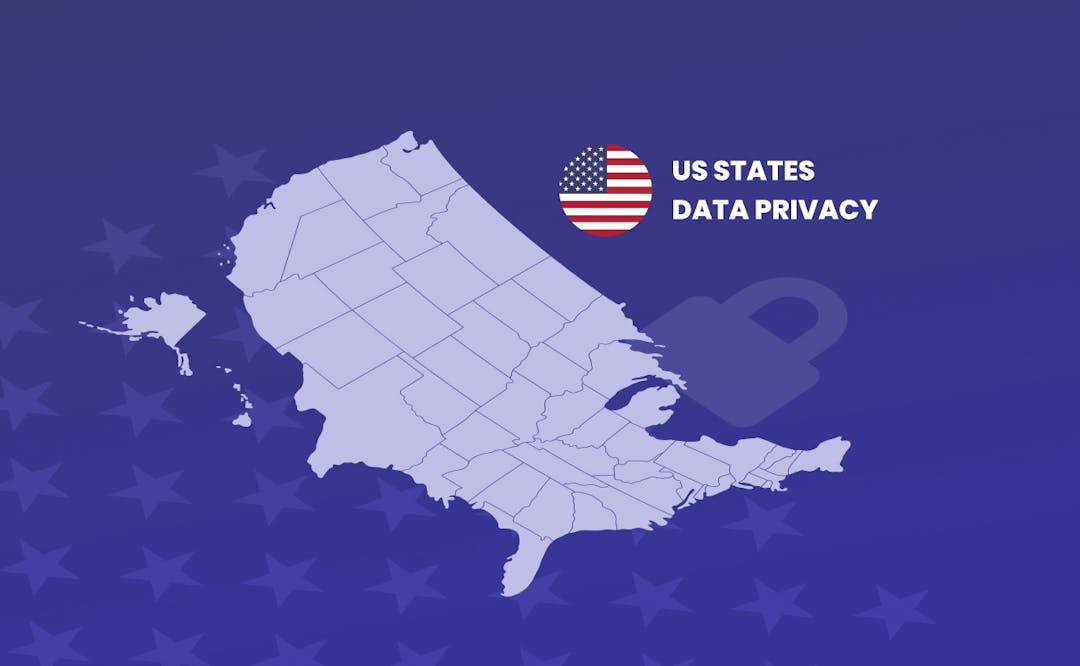
Ante la falta de una ley federal de privacidad de datos, más de 20 estados de EE. UU. han promulgado sus propias regulaciones, creando un complejo mosaico. Esta fragmentación incrementa los costos de cumplimiento, genera confusión en los consumidores y subraya la urgente necesidad de una legislación nacional.
El futuro de la privacidad de los datos: qué significan las reformas del RGPD de la UE para las empresas y los consumidores
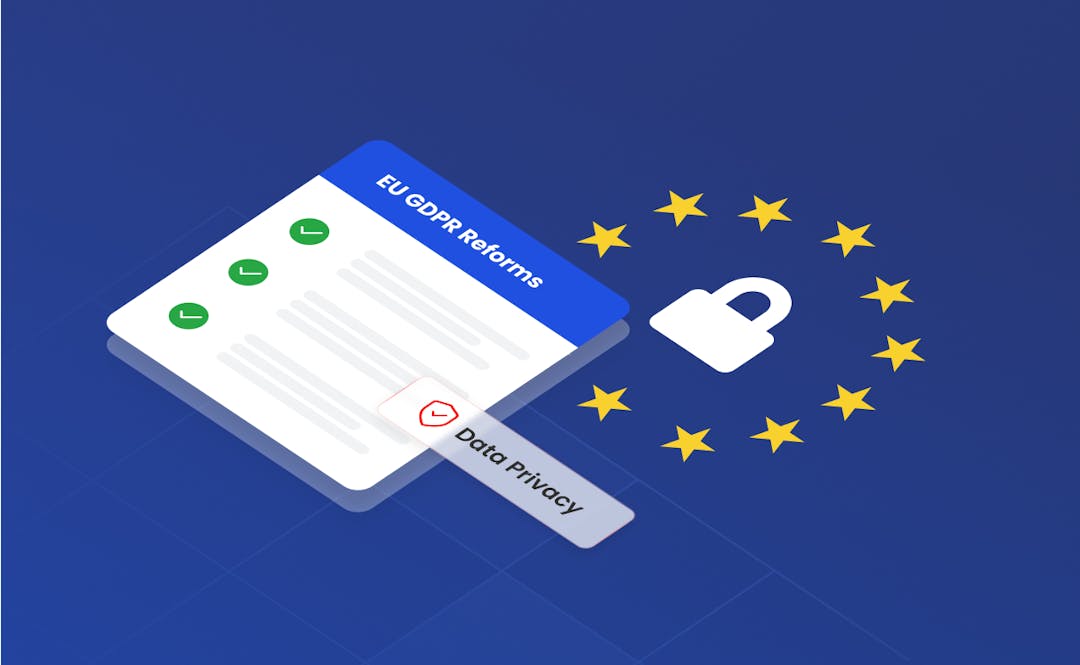
La UE propone reformas al RGPD para facilitar el cumplimiento por parte de las empresas, especialmente las pymes, y mejorar su aplicación transfronteriza. Si bien los cambios buscan reducir la burocracia, los defensores de la privacidad advierten que podrían debilitar la protección de los usuarios. El resultado dependerá de cómo se equilibren las necesidades de las empresas con unos estándares de privacidad de datos sólidos.
Kosovo: una historia que sirve de advertencia sobre un problema de protección de datos que salió mal

La experiencia de Kosovo muestra los peligros de una protección deficiente de la privacidad de datos. La rápida digitalización sin las garantías adecuadas ha provocado frecuentes filtraciones de datos, uso indebido de información personal y falta de rendición de cuentas. Muchos ciudadanos desconocen sus derechos, y la aplicación de estos por parte de las autoridades es mínima. Esta situación pone de relieve la necesidad de marcos jurídicos sólidos, concienciación pública, supervisión institucional y tecnología de privacidad desde el diseño para proteger los datos personales y garantizar el consentimiento adecuado.
El consentimiento no es una mala palabra - Convierta el consentimiento en una ventaja de marca

Las Plataformas de Gestión del Consentimiento (CMP) ayudan a las empresas a optimizar la privacidad mediante la recopilación, gestión y auditoría del consentimiento del usuario. Son herramientas esenciales para las marcas que se adaptan a las leyes modernas de protección de datos, como el RGPD, la CCPA y otras.
Tendencias de privacidad de datos del Congreso IAPP 2025
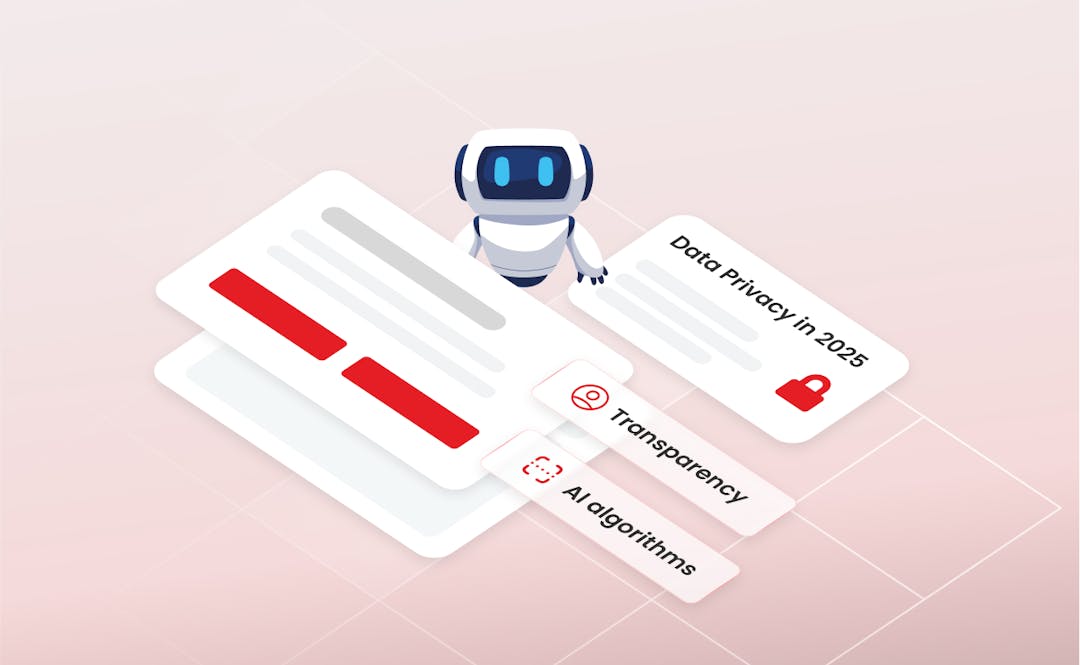
El panorama internacional de la privacidad está en constante cambio, pero según los comentarios del Congreso Global de Privacidad anual de la International Association of Privacy Professionals (IAPP), este año es diferente.
Replantea tu estrategia de marketing en privacidad de datos, consentimiento, cookies y cumplimiento
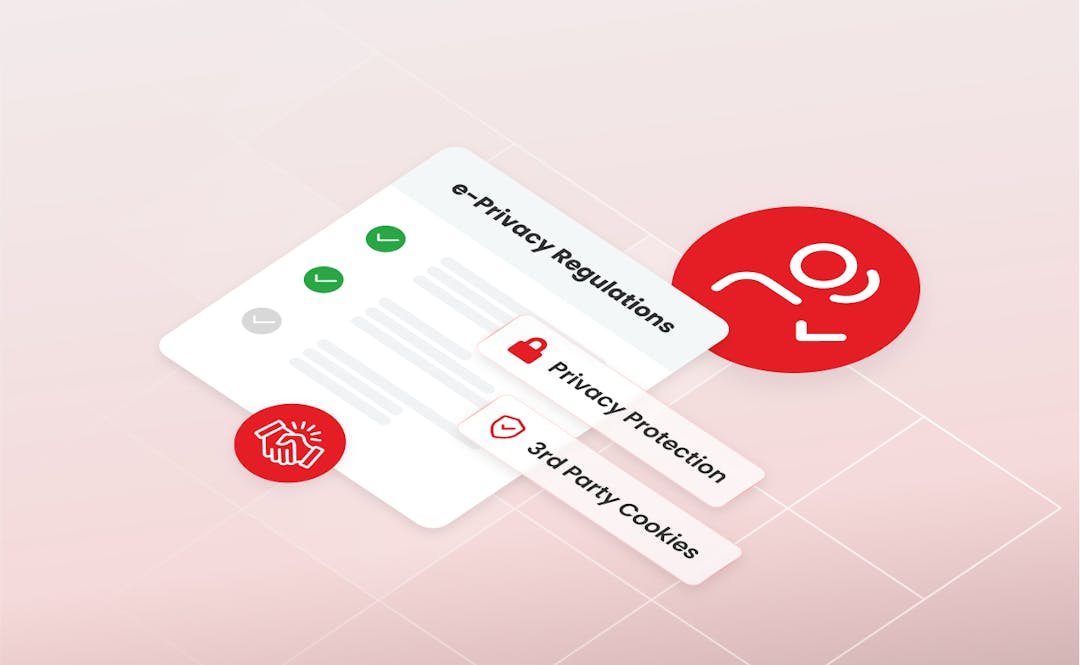
Ha sido una época de considerable incertidumbre para los profesionales del marketing y la disciplina del marketing digital en general. Con la llegada de la GDPR y otras regulaciones centradas en la privacidad de los datos (y sus frecuentes cambios), los obstáculos para implantar el Reglamento e-Privacy en la UE, la falta de instrucciones claras sobre adtech y el constante debate sobre si las cookies de terceros van a desaparecer o no, hay más preguntas que respuestas. Pero lo importante para los equipos de marketing es si existe un punto de equilibrio donde la personalización vaya de la mano de la privacidad y el consentimiento de la mano del cumplimiento.
Cómo el incumplimiento de las marcas financieras de las regulaciones de privacidad de datos amenaza su reputación y sus resultados
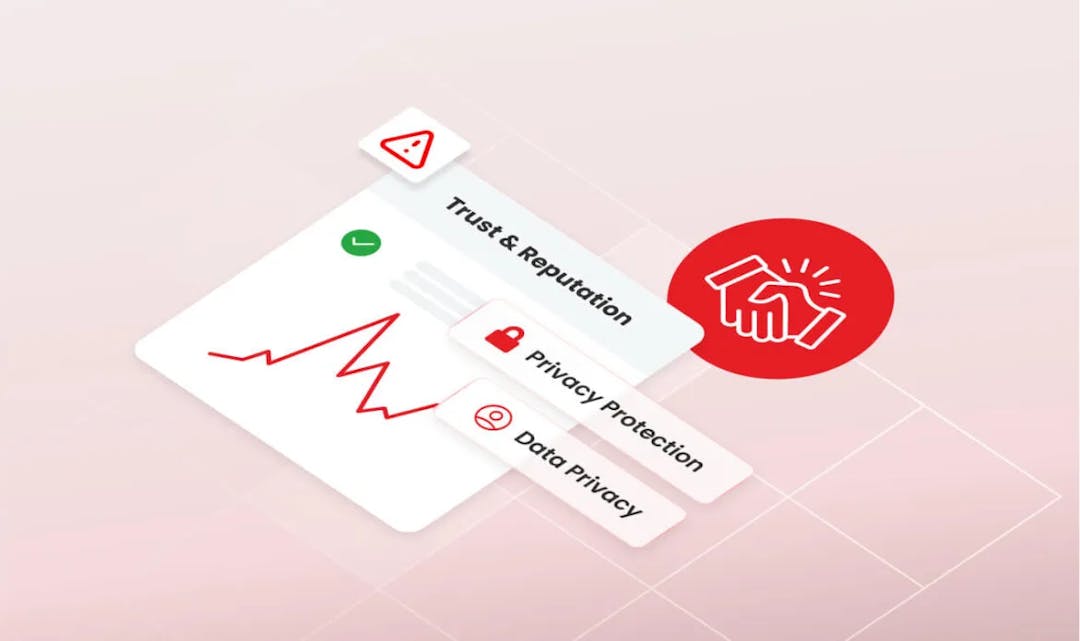
Según el Índice de Confianza Digital de Thales 2025, la confianza en los servicios digitales ha disminuido en casi todos los sectores durante el último año, y ni una sola industria ha alcanzado el 50% de confianza entre los consumidores. Y los servicios financieros, aunque lideran el grupo con un 44%, todavía no salieron bien parados en términos de confianza del consumidor.
Alemania prueba el consentimiento de cookies con un solo clic
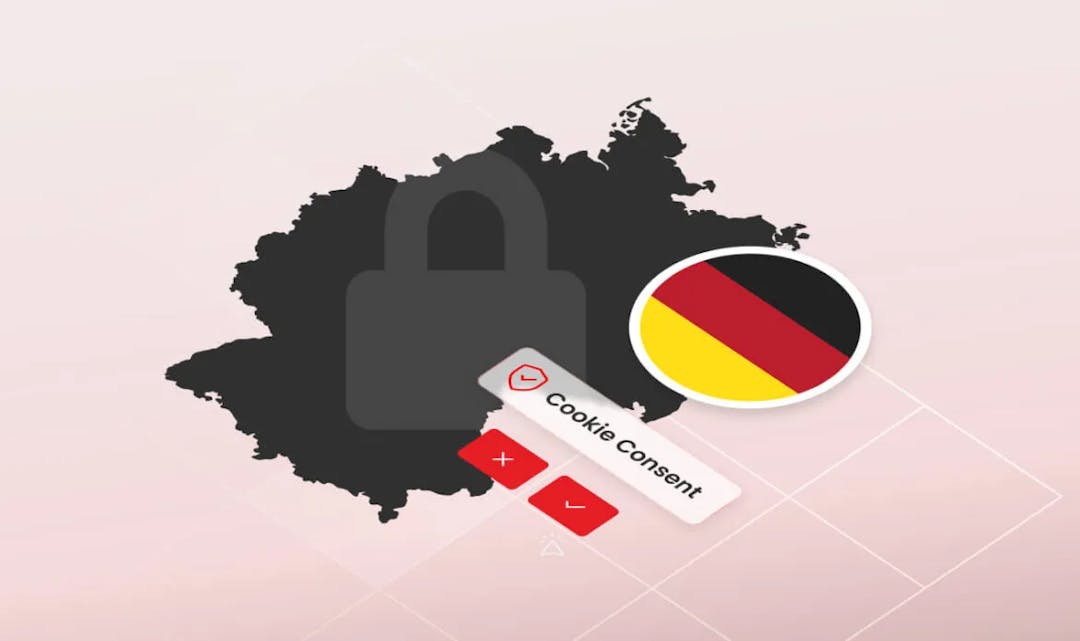
Alemania, conocido como uno de los países más obsesionados con la privacidad de los datos en Europa, está probando un enfoque diferente para el consentimiento de cookies. El 1 de abril de 2025 entró en vigor un nuevo reglamento sobre el consentimiento, la Ordenanza de Gestión del Consentimiento (o EinwV), entró en vigor, cuyo objetivo era hacer que el consentimiento de las cookies fuera más fácil de usar y preservar la privacidad de los datos. No es tarea fácil, dados los desafíos a menudo confusos del GDPR.
Mongolia: Nuevo chico de la privacidad de datos en la cuadra

Mongolia: Probablemente no sea el primer país que viene a la mente por cualquier motivo, y mucho menos cuando se considera la protección de datos, la privacidad y el consentimiento. Sin embargo, a medida que Mongolia lanza su Ley de Protección de Datos Personales, se une a La gran mayoría de los el mundo en la defensa de la privacidad digital y la salvaguarda de los datos personales en un mundo digital cada vez más global e interconectado. También es un hito en términos de mover los datos y la privacidad en la dirección correcta en los países menos desarrollados (digitalmente) y en forjar el principio de privacidad como componente de los derechos humanos.
¿Listo para el modo de consentimiento de Microsoft Advertising? A partir del 5 de mayo, debe estar

A partir del 5 de mayo de 2025, los propietarios de sitios web deben tener cuidado: deberán estar preparados para el modo de consentimiento de Microsoft Advertising. Microsoft Advertising hará lo siguiente: exigir a todos los sitios web que utilicen sus herramientas de seguimiento que envíen una «señal de consentimiento» cuando los visitantes provengan de la Unión Europea, Reino Unido o Suiza. Citando su preocupación por proteger la información personal de los usuarios tanto con fines regulatorios como de confianza del consumidor, Microsoft da este paso en un esfuerzo por alinearse con las principales leyes de privacidad globales, como el GDPR de la UE.
La privacidad y protección de datos sigue siendo el lejano oeste

Hablar de dar control a los consumidores sobre sus datos y de un compromiso con la transparencia más allá del simple cumplimiento normativo es fácil. Pero la realidad no siempre se corresponde con el discurso. Según un análisis de Consumer Reports, una organización de consumidores sin fines de lucro con sede en EE. UU., muchas empresas se autodenominan defensoras de la privacidad, pero en la práctica hacen poco para brindar a los consumidores un control real sobre sus datos personales y, en muchos casos, pueden estar eludiendo las leyes de privacidad y protección de datos.
¿Qué es el cyberwashing en la protección de datos?
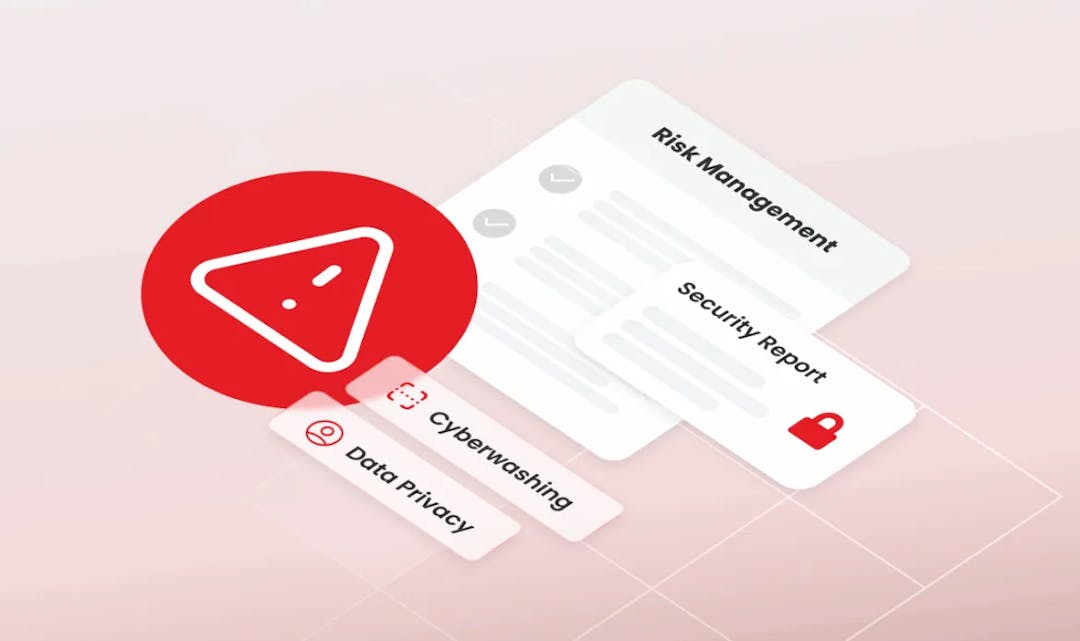
La brecha entre la confianza del consumidor y las empresas sigue creciendo, a medida que las filtraciones de datos, la gestión deficiente y opaca de la información, y las violaciones de privacidad acaparan titulares. Las empresas, pese a sus buenas intenciones, parecen estar casi tan confundidas como los consumidores en lo que respecta a los desafíos y soluciones de ciberseguridad y privacidad. A menudo no logran ver el panorama completo frente a las amenazas reales, lo que lleva a una tendencia preocupante: el “cyberwashing”, una práctica en la que las organizaciones aparentan tener estrategias de seguridad y privacidad sólidas, pero en realidad no las implementan adecuadamente, lo que genera desconfianza y puede traer consecuencias legales y financieras significativas.
El RGPD está abierto a los negocios – Equilibrar la privacidad de los datos con prácticas proempresa
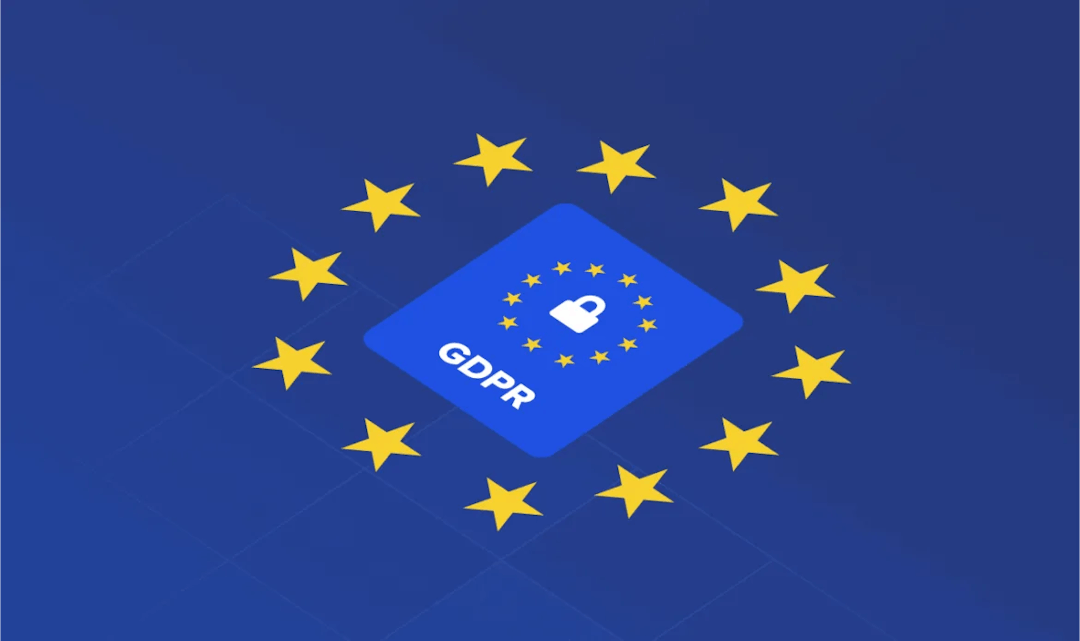
Cuando el Reglamento General de Protección de Datos (RGPD) entró en vigor en 2018, transformó el panorama para las empresas de todos los sectores, generando interrupciones en su capacidad para recopilar y utilizar datos y cambiando la forma en que las organizaciones conciben, gestionan y protegen la privacidad. Si bien la ley ha traído cambios positivos en favor del consumidor y la privacidad, no ha estado exenta de desafíos (ni de detractores).
Estrategias y herramientas de marketing digital: ¿una nueva fuente de litigios?
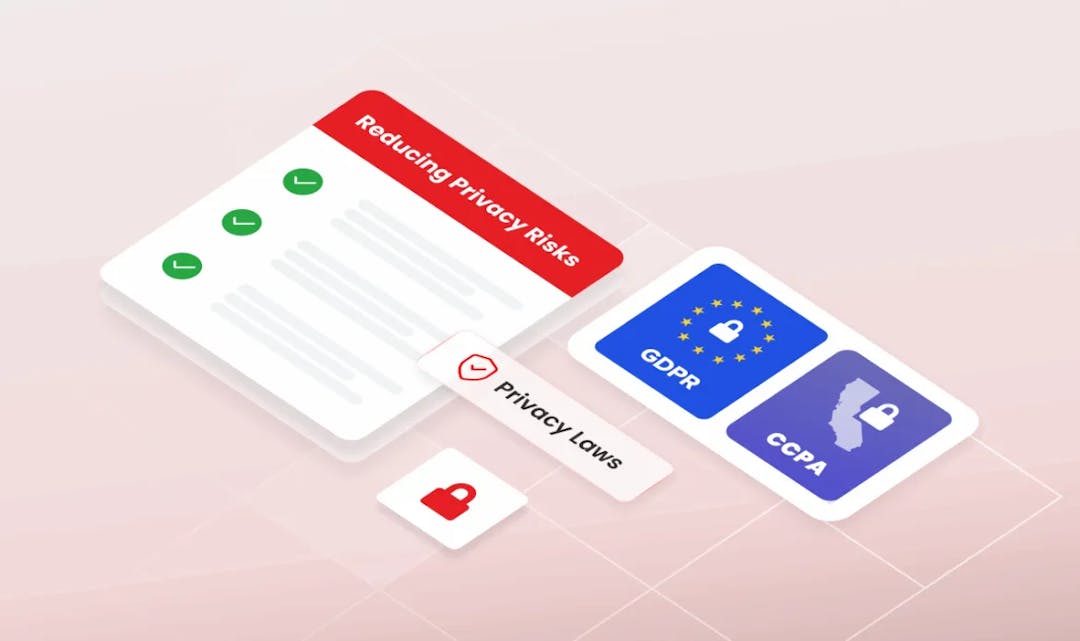
El panorama de la protección de datos y la privacidad es cada vez más complejo para las empresas y sus esfuerzos de marketing digital. La mayoría está familiarizada con el RGPD, el CCPA y otras normativas similares diseñadas para proteger los datos y otorgar a los usuarios mayor control sobre la información que comparten. Además, la Unión Europea está en proceso de introducir simplificaciones al RGPD para reducir la carga de cumplimiento para las empresas que intentan mantenerse competitivas. Sin embargo, el derecho de privacidad tiene muchas aristas y va mucho más allá del RGPD. En un entorno legal complejo, algunos bufetes de abogados innovadores están aplicando leyes más antiguas a problemas actuales de protección de datos, presentando demandas en las que argumentan que herramientas modernas de marketing —como píxeles, cookies y chatbots— constituyen violaciones de leyes sobre la invasión de la privacidad.
Un panorama cambiante de la privacidad de datos en Nigeria

Aunque la privacidad de datos en Nigeria ha estado regulada por la Nigeria Data Protection Act (NDPA) y el Marco de Implementación del NDPR, la Nigeria Data Protection Commission (NDPC) publicó nuevas directrices sobre privacidad en marzo de 2025 para ayudar a aclarar algunos de los aspectos más ambiguos de la legislación existente. A partir del 20 de marzo, entra en vigor la Directiva General de Aplicación e Implementación (GAID). El NDPR ha sido técnicamente derogado como parte de este cambio, pero sus principios seguirán vigentes en paralelo con las nuevas disposiciones de la GAID.
El nuevo régimen de protección de datos de México entra en vigor
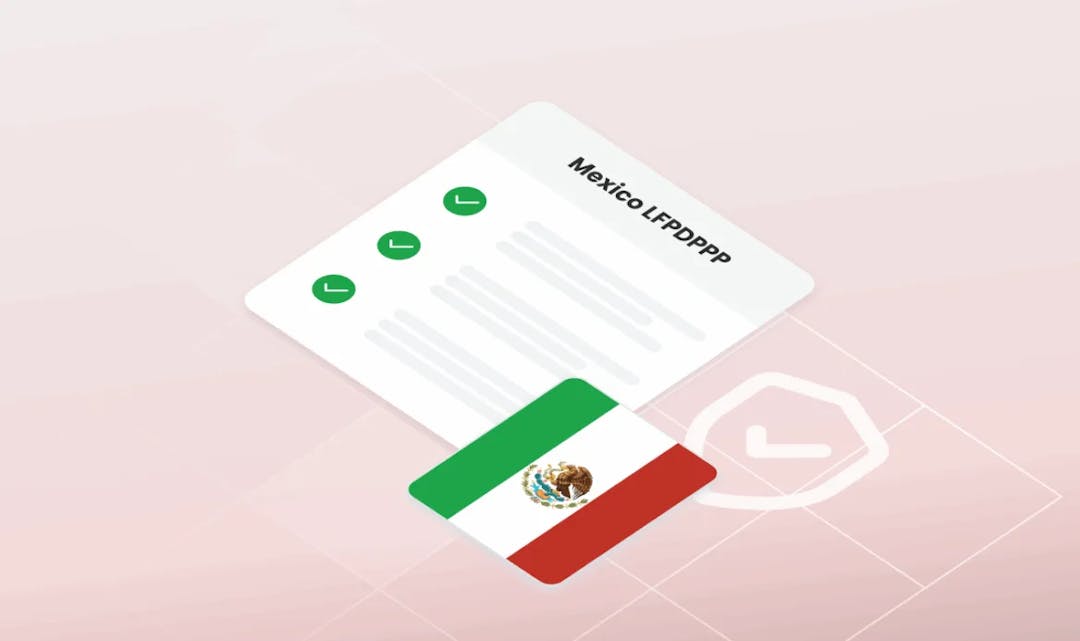
Tras cierta controversia relacionada con el desmantelamiento de varios organismos autónomos de supervisión en México, incluido el Instituto Nacional de Transparencia, Acceso a la Información y Protección de Datos Personales (INAI), el programa actualizado de protección de datos, la Ley General de Transparencia y Acceso a la Información Pública (LGTAIP), entró en vigor en México el 21 de marzo de 2025. Al mismo tiempo, también entraron en vigor la Ley General de Protección de Datos Personales en Posesión de Sujetos Obligados (LGPDPPSO), la Ley Federal de Protección de Datos Personales en Posesión de los Particulares (LFPDPPP) y una reforma al artículo 37, fracción XV, de la Ley Orgánica de la Administración Pública Federal (LOAPF).
Nueva ley de protección de datos de la India: se implementará la ley de protección de datos DPDPA en fases
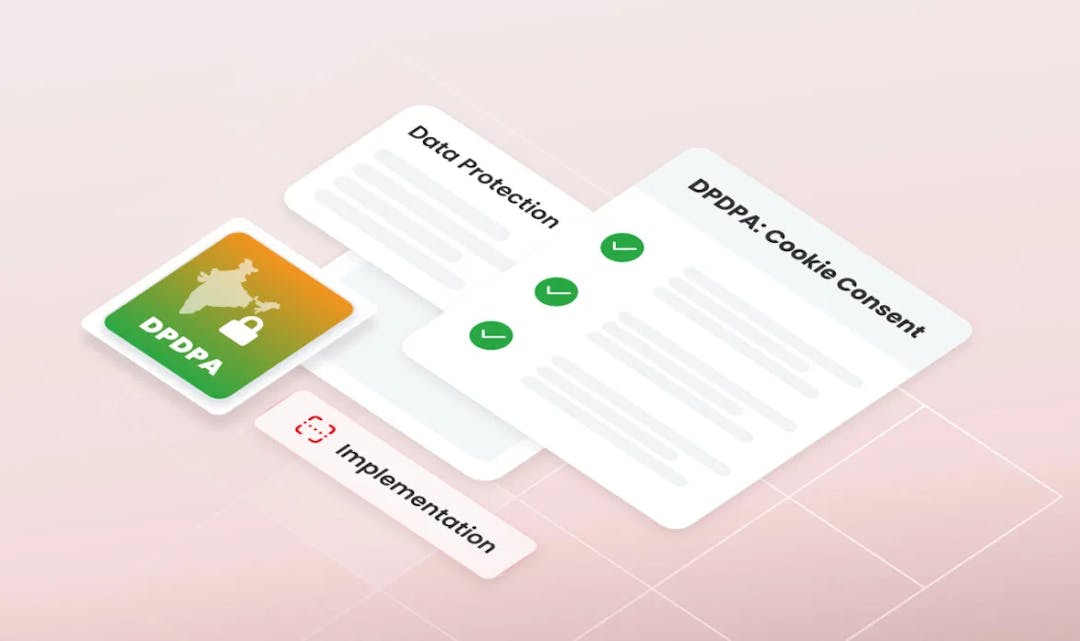
Después de años de preparación, la India finalmente está implementando su Ley de Protección de Datos Personales Digitales (DPDPA). La D de la India PLa DPA ha tardado muchos años en elaborarse, y ha tardado en implementar sus normas como un marco único y coherente de protección de datos y gobernanza. El Ministerio de Electrónica y Tecnología de la Información de la India ( MeitY) ha estado en el centro del movimiento de la India para convertirse en líder en infraestructura digital, pero la India se ha tomado su tiempo para crear un enfoque integral de la privacidad de los datos, y solo introdujo el concepto en 2023.
¡CookieHub ahora cuenta con la certificación ISO 27001!

Estamos encantados de anunciar que CookieHub ha obtenido con éxito la certificación ISO 27001, una norma reconocida internacionalmente que demuestra nuestro compromiso continuo de mantener los más altos niveles de seguridad de datos y excelencia en privacidad.
El consentimiento es importante: por qué el consentimiento y el cumplimiento de las cookies son más que una casilla de verificación

La privacidad y la protección de los datos son fundamentales para las empresas, y su cumplimiento de un panorama normativo en constante evolución es la mano invisible que garantiza que el flujo de datos continúe. También para los consumidores, La privacidad de los datos es una preocupación creciente, pero no les queda del todo claro cómo se recopilan y utilizan exactamente sus datos.
Suiza y la protección de datos: No es neutral con respecto a las cookies
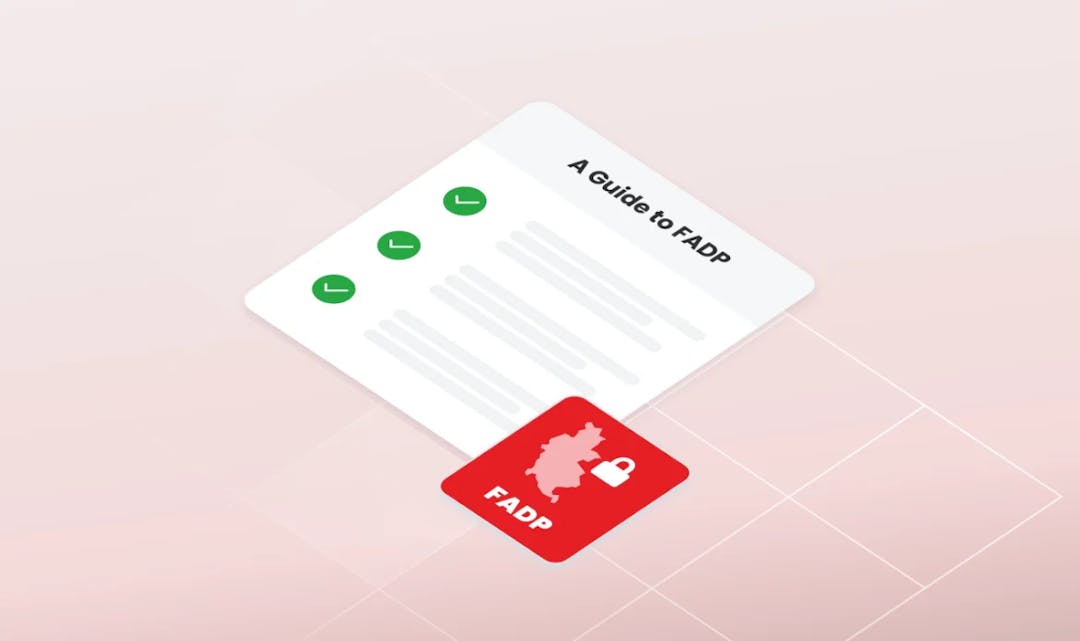
El Comisionado Federal Suizo de Protección de Datos e Información (FDPIC) lanzó recientemente una nueva guía sobre el uso de cookies. Ampliar la Ley Federal de Protección de Datos, o nFADP, que entró en vigor en septiembre de 2023, la El enfoque suizo de las cookies indica que la claridad y la elección pueden prevalecer sobre el consentimiento. Es decir, el consentimiento sigue siendo importante para servir a la los derechos de la personalidad de los usuarios, pero la transparencia y la especificidad se intensifican aún más.
Uso responsable de los datos: genere confianza con un marketing centrado en el cliente

La personalización es el pan de cada día de las estrategias de marketing de la mayoría de las empresas. La personalización, según la investigación de BCG, contribuye hasta un 30% en la reducción de costos de marketing y un 20% en el aumento de los ingresos. La personalización eficaz se basa en el acceso a los datos de los consumidores, que cada vez son más difíciles de obtener para las empresas.
Nueva Ley de Comunicaciones Electrónicas de Noruega (2025): Todo lo que tu sitio web necesita saber

Noruega está realizando cambios significativos en sus regulaciones de privacidad digital con la introducción de la nueva Ley de Comunicaciones Electrónicas, que entró en vigor el 1 de enero de 2025. Una de las actualizaciones más importantes de esta ley afecta a la forma en que las empresas gestionan el consentimiento de cookies y el seguimiento en línea.
Comprender las cookies entre dominios con CookieHub

Gestionar el consentimiento de los usuarios en varios dominios puede ser una tarea compleja, especialmente para los sitios web que operan bajo estrictas normas de privacidad como el RGPD o la CCPA. CookieHub simplifica este desafío con su función de cookies entre dominios, que facilita la transferencia fluida de la información de consentimiento del usuario entre dominios.
¿Qué son las cookies? – Guía sobre cookies y privacidad del sitio web
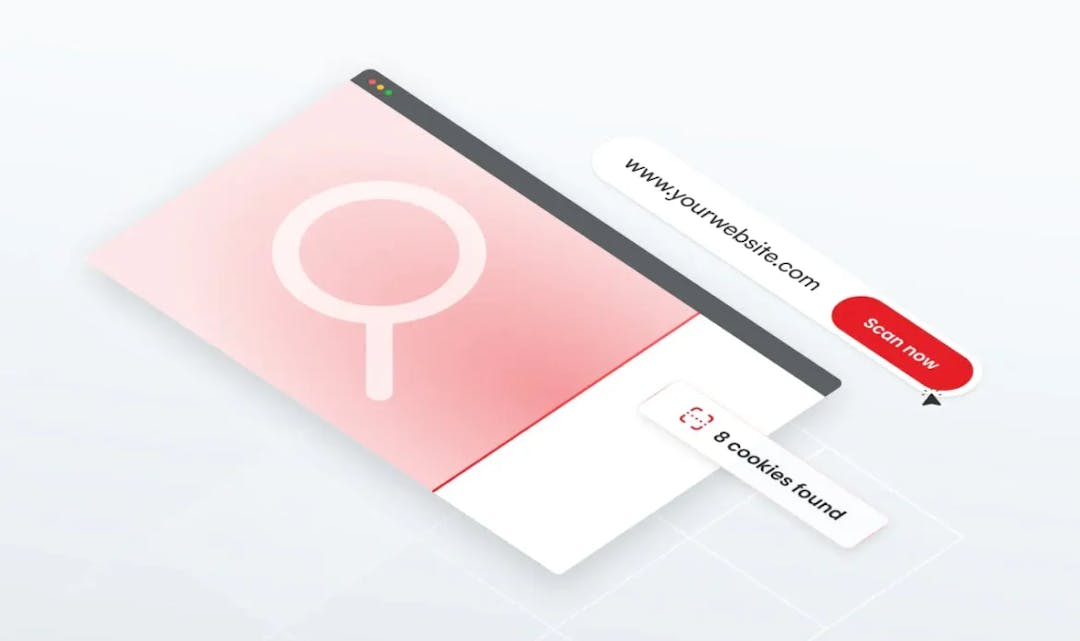
Las cookies son pequeños archivos de texto que los sitios web almacenan en el dispositivo de un usuario para mejorar la experiencia de navegación y recopilar información sobre las interacciones del usuario. Desempeñan un papel fundamental en la funcionalidad web, ya que permiten funciones como recordar los datos de inicio de sesión, preservar el contenido del carrito de la compra y ofrecer contenido personalizado.
Cómo crear una política de cookies para su sitio web: una guía paso a paso
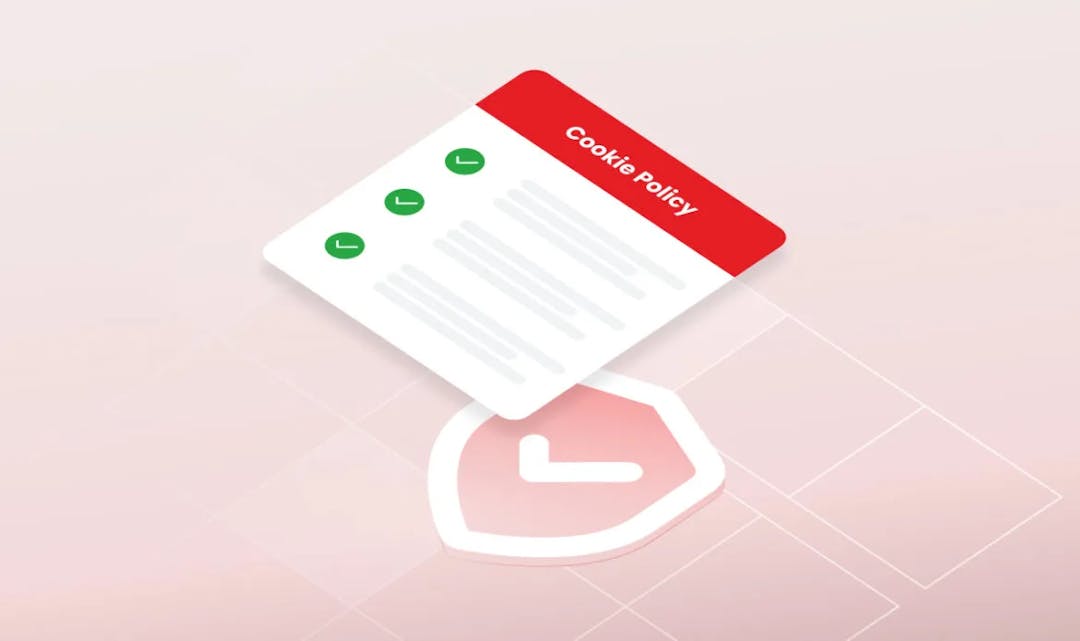
Una política de cookies no es solo algo agradable de tener; Es esencial. Las normativas de privacidad, como el RGPD y la CCPA, exigen que los sitios web divulguen sus prácticas de cookies, y una política de cookies transparente genera confianza con sus usuarios al explicar cómo se utilizan sus datos. Si no estás seguro de por dónde empezar, esta guía te guiará a través de los pasos para crear una política de cookies completa y adaptada a las necesidades de tu sitio web.
¿Necesito un banner de cookies?

A medida que aumentan las preocupaciones sobre la privacidad de los datos, los propietarios de sitios web deben cumplir con las regulaciones y proteger la privacidad del usuario. Una de las herramientas clave en este esfuerzo es el banner de cookies. Pero, ¿realmente necesitas uno? Este artículo desglosará todo lo que necesita saber sobre los banners de cookies, su función y su impacto en su sitio web.
¿Qué es el modo de consentimiento de Google V2 y a quién afecta?

A medida que las preocupaciones sobre la privacidad de los datos continúan creciendo en el ámbito en línea, mantenerse al día con los requisitos de cumplimiento es una responsabilidad clave para los propietarios de sitios web. El lanzamiento de actualizaciones del modo de consentimiento de Google (conocido informalmente como «V2») es un paso importante para seguir cumpliendo con las cambiantes leyes de privacidad.
¿Qué es la gestión del consentimiento?

A medida que el ámbito digital se ha expandido rápidamente, también lo ha hecho el número de formas en que las empresas pueden recopilar y procesar los datos personales. Esto, por supuesto, ha dado lugar a preocupaciones generalizadas sobre la privacidad de los datos, con un flujo casi continuo de leyes de privacidad diseñadas para proteger a los usuarios en línea. A la vanguardia de todo esto se encuentra la «gestión del consentimiento», un proceso clave que garantiza que las empresas cumplan con las leyes globales de protección de datos y respeten las preferencias de los clientes.
La diferencia entre cookies de marketing, analíticas y funcionales
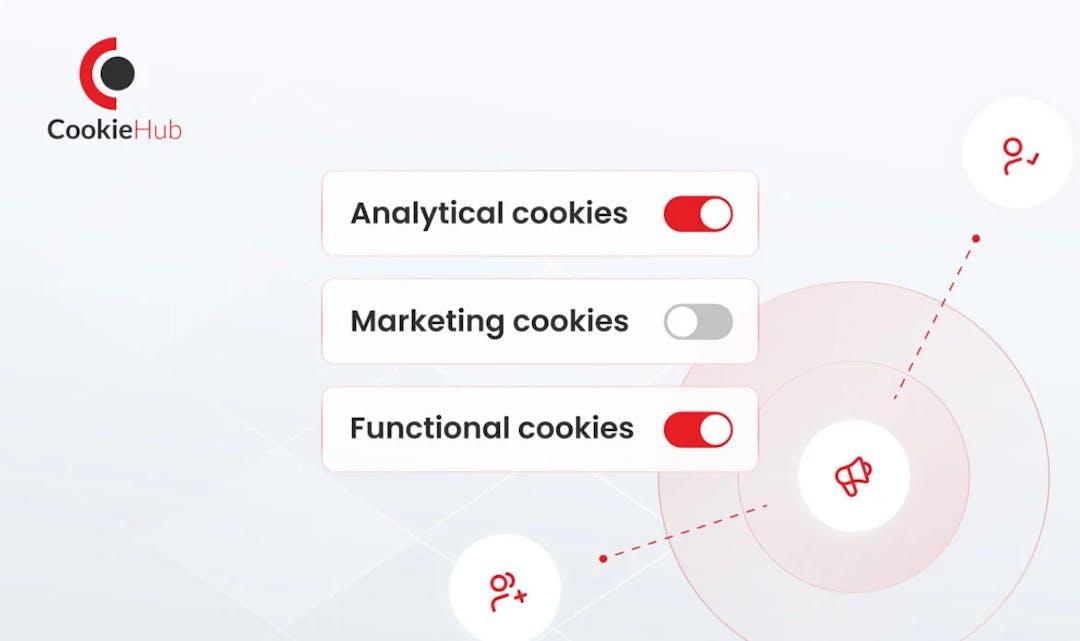
En los viejos tiempos anteriores a Internet, los anunciantes jugaban un juego notablemente amplio e inexacto en lo que respecta al marketing: adivinar que a un fanático del fútbol también le podría gustar la cerveza era lo más sutil que podía. Sin embargo, la llegada de las cookies a la era digital redefinió la noción de marketing personalizado y análisis de datos.
¿Qué son las cookies propias y de terceros?
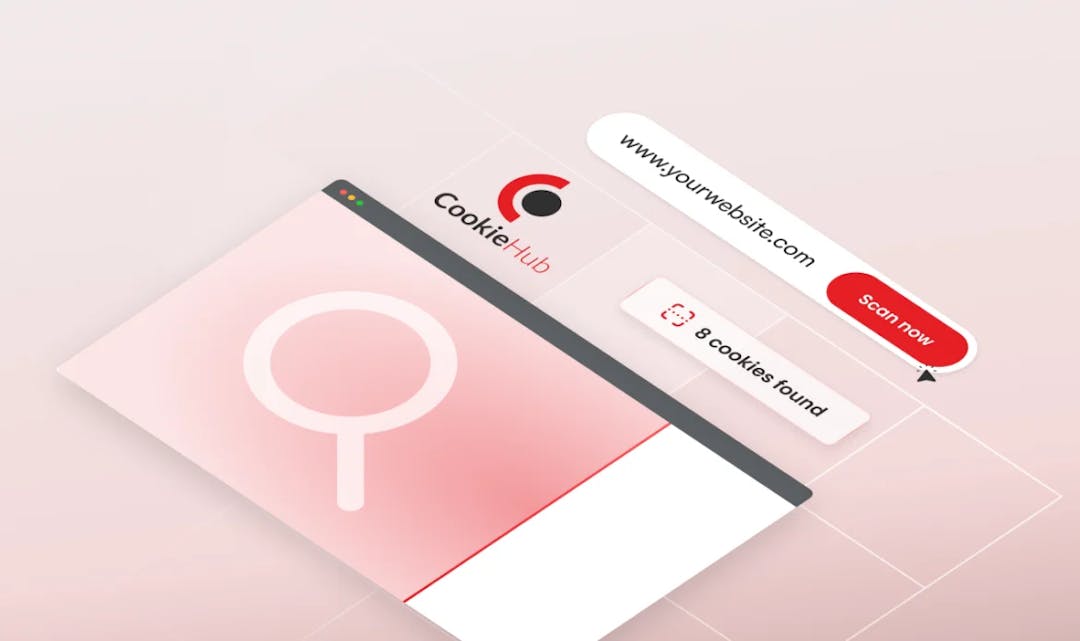
El término «cookie» (al menos en la navegación por Internet) proviene originalmente de «cookie mágica», una expresión de programación que se refiere a los datos intercambiados entre programas utilizados para la autenticación. A medida que la web evolucionó, los programadores adaptaron el concepto para describir los datos enviados por un sitio web y almacenados en el dispositivo de un usuario.
CookieHub es un socio Gold de Google Gold CMP

Nos complace anunciar que CookieHub ha sido reconocido como Gold CMP Partner por Google. Este reconocimiento destaca nuestro compromiso de proporcionar soluciones líderes de gestión de privacidad y consentimiento, y marca un hito en nuestro viaje para ayudar a las empresas de todo el mundo a cumplir con las regulaciones globales de privacidad de datos.
Entendiendo la Ley de Privacidad del Consumidor de California (CCPA): Guía completa

La Ley de Privacidad del Consumidor de California (CCPA, por sus siglas en inglés) es una ley integral de privacidad de datos que mejora los derechos de privacidad y la protección del consumidor para los residentes de California, EE. UU. Su objetivo es dar a los residentes de California más control sobre su información personal recopilada por las empresas e impone obligaciones estrictas a las empresas para garantizar la protección de datos. Para una exploración más detallada de las empresas a las que se aplica la CCPA y los criterios específicos involucrados, puede profundizar en el tema aquí u obtener más información directamente del Departamento de Justicia.
Cómo instalar Consent Mode v2: Guía paso a paso

En esta guía, lo guiaremos a través del proceso de instalación, la solución de problemas comunes y la personalización de la configuración para el modo de consentimiento v2.
CookieHub se convierte en socio de Google CMP
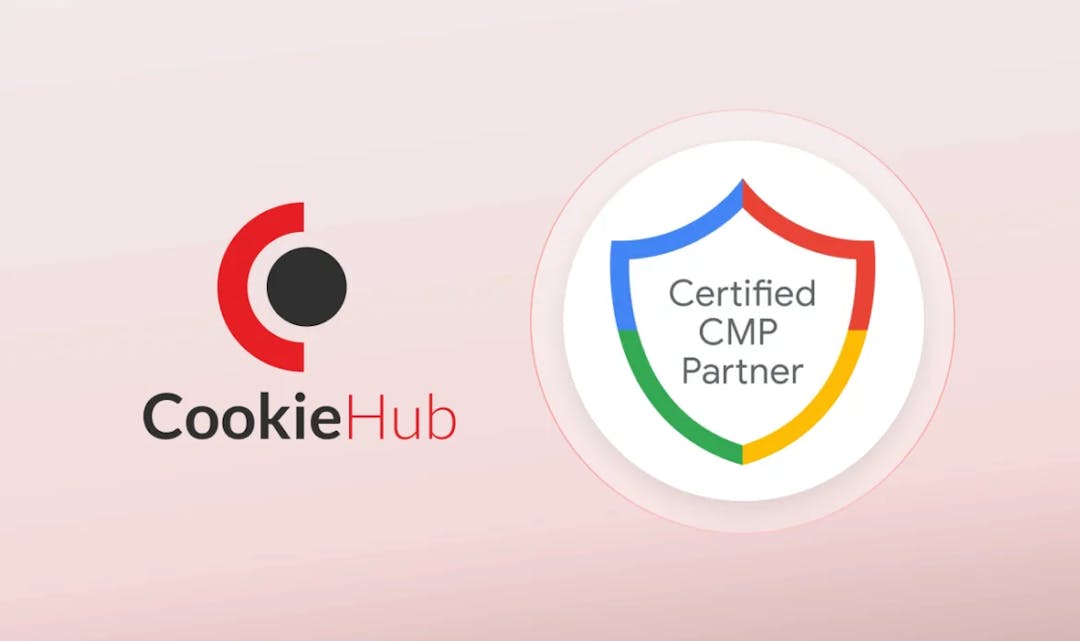
En los últimos años, se han promulgado numerosas leyes de protección de datos en un intento por mejorar la privacidad de los datos de los usuarios de Internet en todo el mundo. Las leyes estrictas, como el Reglamento General de Protección de Datos (RGPD) de la UE, exigen que los sitios web obtengan el consentimiento explícito de los usuarios antes de utilizar sus datos, especialmente con fines de publicidad dirigida. Con fuertes multas por incumplimiento, que alcanzan hasta 20 millones de euros o el 4% de los ingresos anuales globales, regulaciones como GDPR deben observarse con mucho cuidado.
La Ley de Mercados Digitales de la UE
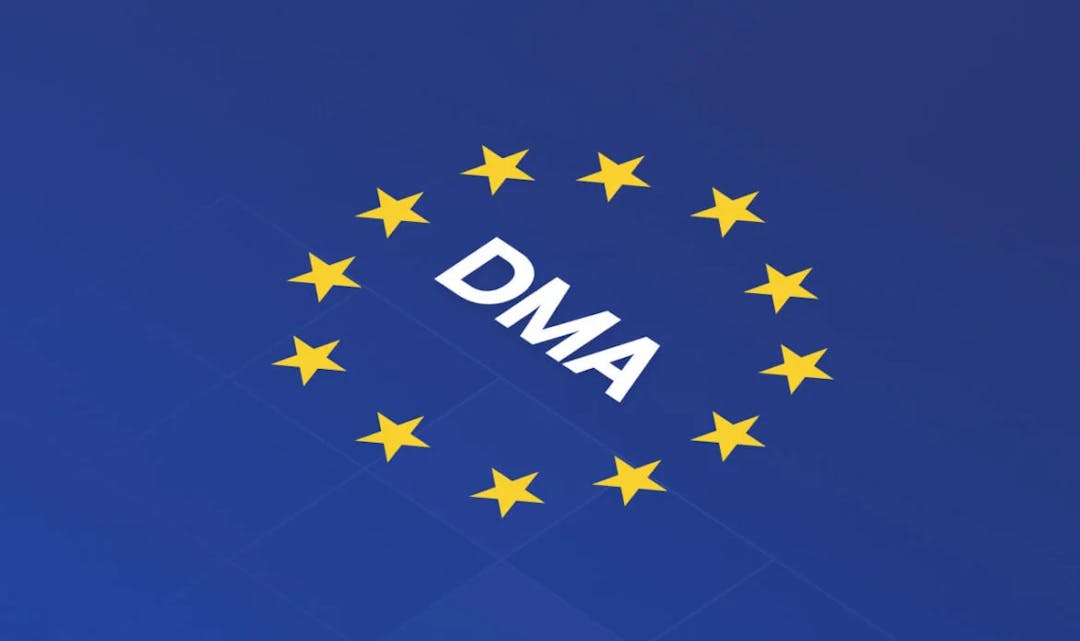
La Ley de Mercados Digitales (DMA, por sus siglas en inglés) se encuentra en el centro de una era transformadora en la gestión de la economía digital de la Unión Europea. Esta legislación histórica tiene como objetivo reconfigurar la dinámica operativa de las principales empresas tecnológicas, creando un mercado digital que sea justo para todas las partes. Introducido en un momento marcado por el ascenso de los gigantes tecnológicos y la creciente preocupación por su influencia en la competitividad del mercado y la elección de los consumidores, el objetivo de la DMA es nivelar el campo de juego competitivo. Más allá de esto, tiene profundas implicaciones para la privacidad en línea y la autonomía individual, y se erige como un hito legislativo crítico en el sector digital. Aquí tienes todo lo que necesitas saber para asegurarte de que tú y tu empresa cumplís con la normativa.
Una guía completa de la ley de Quebec 25
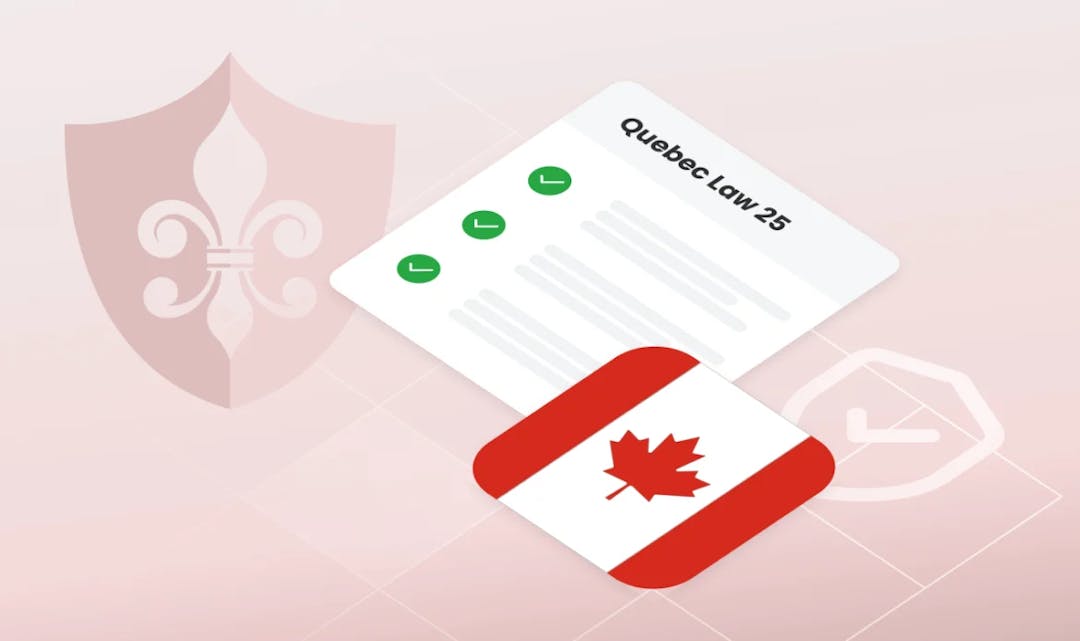
La Ley 25 de Quebec, anteriormente conocida como Proyecto de Ley 64, marca un cambio significativo en el enfoque de la provincia sobre la privacidad de los datos. Promulgada por la Asamblea Nacional de Quebec en septiembre de 2021, la legislación tiene como objetivo modernizar las regulaciones de privacidad y reforzar la protección de los datos personales en poder de las organizaciones del sector privado y los organismos del sector público.
Los próximos requisitos de CMP de Google en Suiza

Con la expansión de Google de sus mandatos de cumplimiento en Suiza, los sitios web que atienden a los usuarios suizos pronto tendrán que contratar una plataforma de gestión de consentimiento (CMP) certificada que esté integrada con el Marco de Transparencia y Consentimiento (TCF). La misma precisión que Suiza aportó a sus relojes de renombre internacional se está aplicando ahora a la privacidad de sus datos, con las regulaciones ampliadas de Google que tienen como objetivo armonizar las leyes de privacidad de datos en Suiza con las regulaciones bien establecidas que existen en la Unión Europea y el Reino Unido.
La Ley de Privacidad de Australia

La protección de datos digitales en Australia se centra en la Ley de Privacidad de 1988. Este marco legal fue diseñado para abordar las complejidades de la privacidad y la seguridad de los datos y se estableció inicialmente en respuesta a las crecientes preocupaciones sobre la seguridad de la información personal.
La Ley de Protección de Datos Personales (LPDP) de Argentina
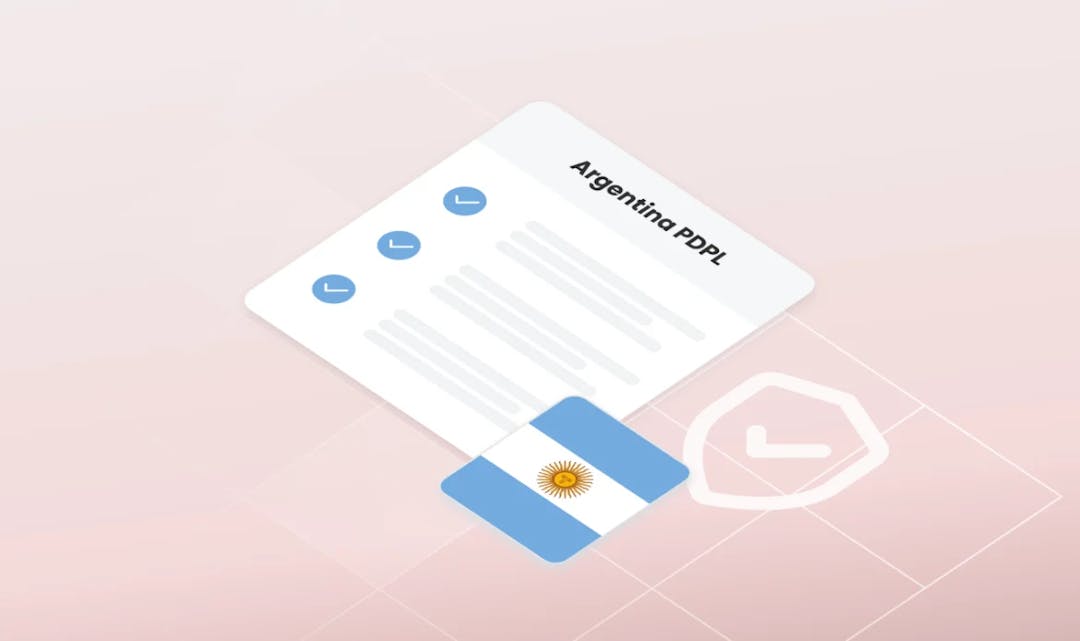
La Ley de Protección de Datos Personales (LPDP) de Argentina es la piedra angular de la legislación digital en la región. Comparable en su importancia y alcance al Reglamento General de Protección de Datos (RGPD) de la Unión Europea, el PDPL es el marco rector para los sectores público y privado de Argentina, que dicta cómo deben gestionarse y protegerse los datos personales de manera responsable.
Una guía sencilla para el modo de consentimiento de Google V2
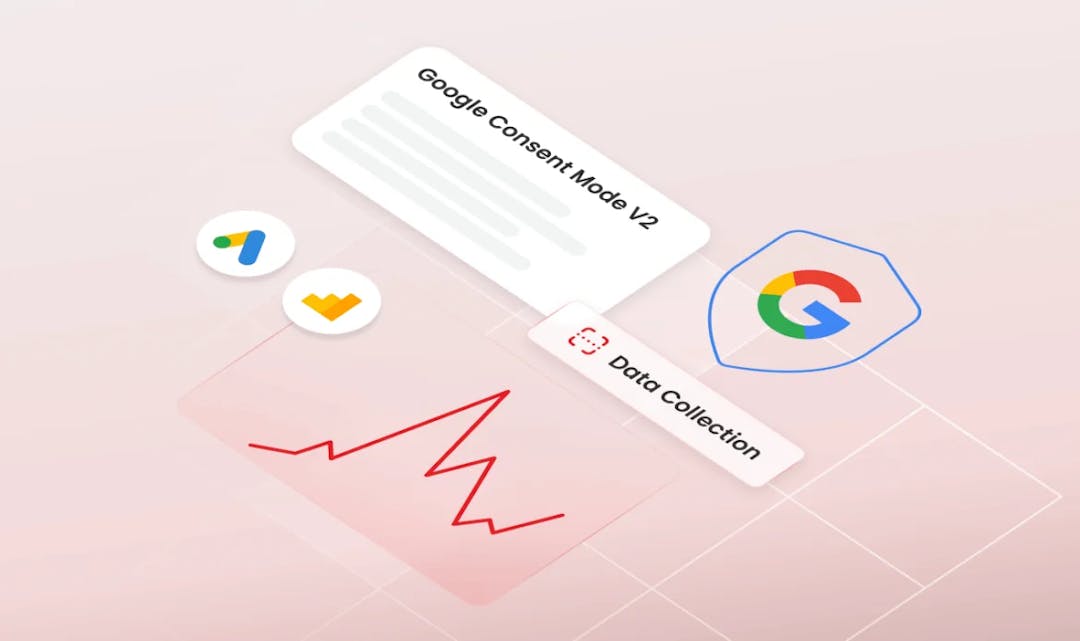
El lanzamiento del Modo de Consentimiento de Google v2 significa un paso importante en los intentos de Google de equilibrar las necesidades de los anunciantes de recopilar datos de los usuarios con los derechos de los usuarios a mantener su privacidad. Presentado a finales de noviembre de 2023, el modo de consentimiento de Google V2 es una versión evolucionada de su predecesor y viene con una serie de nuevas características clave. En este artículo, vamos a explorar esta nueva encarnación, sus implicaciones para el seguimiento del lado del servidor, su correlación con la Ley de Mercados Digitales y el papel que desempeñan los banners de cookies en el cumplimiento.
Control de privacidad global

En este blog, presentamos el Control de Privacidad Global, profundizando en su funcionalidad, beneficios y el papel que desempeña en el entorno actual de privacidad digital. Nuestro objetivo es arrojar luz sobre cómo opera GPC, su alineación con las leyes de privacidad existentes y las implicaciones tanto para los usuarios de Internet como para los operadores de sitios web.
La Ley de Protección de Datos Personales Digitales (DPDP) de la India, 2023
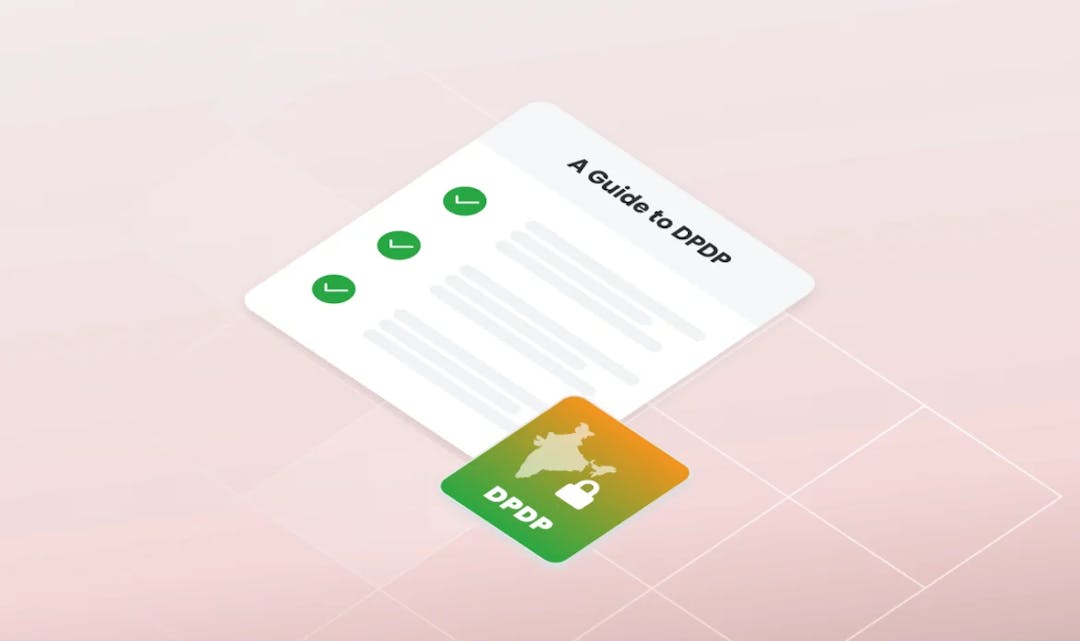
Las normas y reglamentos de protección de datos son fundamentales para determinar el almacenamiento y el tratamiento seguros de los datos personales. En reconocimiento de ello, la India ha dado un paso sustancial con el lanzamiento de la Ley de Protección de Datos Personales Digitales (DPDP) de 2023. Esta legislación marca un avance clave en la mejora de los derechos de privacidad digital de las personas, al tiempo que establece pautas y estándares claros sobre cómo las organizaciones manejan los datos.
TCF v2.2 y lo que necesita saber
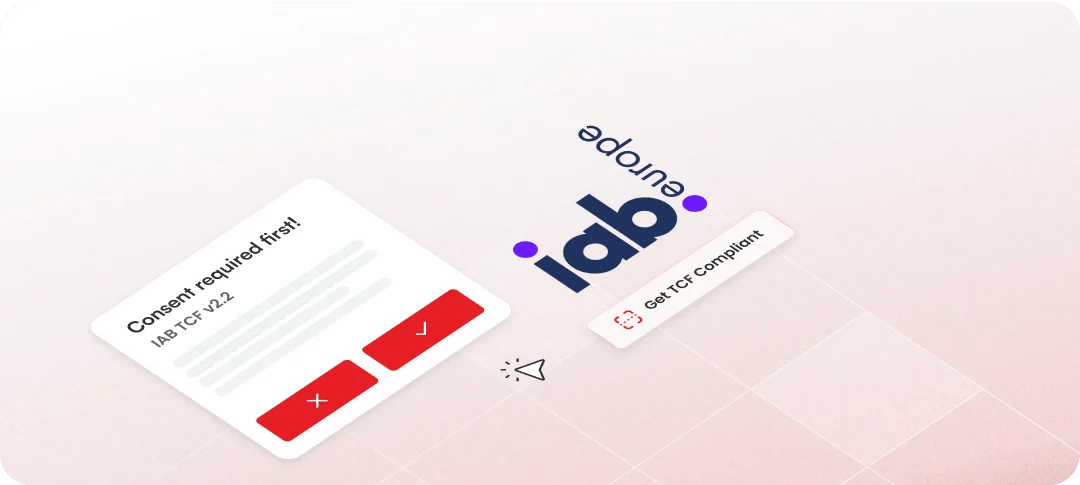
La publicidad es una bestia diferente hoy en día de lo que era hace solo un puñado de años. El entorno de consumo digital significa que hay nuevas oportunidades que aprovechar y desafíos que superar.
Cookiehub CMP es ahora un socio certificado de Google
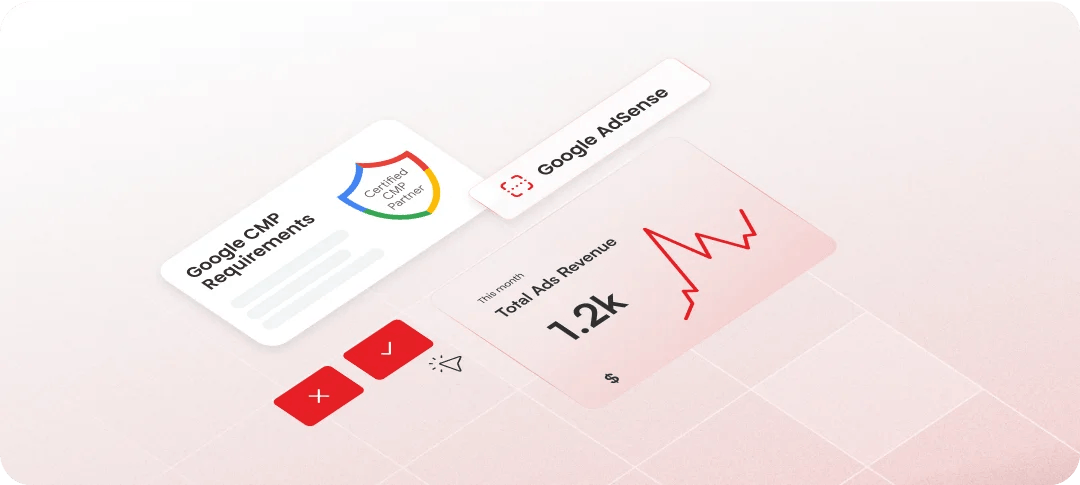
La privacidad digital ha sido un tema candente en los últimos años, ya que los consumidores de todo el mundo son cada vez más conscientes de sus derechos en materia de protección de datos. Con las filtraciones de datos y el uso indebido de la información personal que siguen ocupando los titulares de todo el mundo, existe una creciente demanda de transparencia y seguridad por parte de los sitios web y plataformas con los que interactuamos a diario.
La protección de datos de Lone Star: una mirada a la Ley de Privacidad y Seguridad de Datos de Texas

El 18 de junio, surgió una nueva estrella en la constelación estadounidense de privacidad de datos: Texas tomó con orgullo su lugar como el undécimo estado en defender los derechos de privacidad del consumidor al promulgar la Ley de Seguridad y Privacidad de Datos de Texas (TDPSA), con la tinta secándose en HB 4. La cuenta regresiva ha comenzado, y la TDPSA entrará en vigencia el 1 de julio de 2024, el mismo día que su contraparte floridana, la Declaración de Derechos Digitales de Florida.
La evolución de la protección de datos en Suiza: una mirada integral al nuevo FADP

Suiza está a la vanguardia de varias naciones que respaldan y refuerzan la protección de datos. Si bien la era digital ha transformado drásticamente la forma en que se recopilan y comparten los datos, mantenerlos adecuadamente protegidos sigue siendo una prioridad a través de las fronteras.
La Declaración de Derechos Digitales de Florida: Navegando por la Nueva Frontera de la Privacidad de Datos

La Carta de Derechos Digitales de Florida (FDBR), también conocida como SB 262, se ha convertido en una legislación importante para las empresas que hacen negocios dentro de las fronteras de Florida. Marcando el comienzo de una nueva era de estándares de privacidad digital, y con la importancia de proteger los datos personales de los consumidores siendo más apremiante que nunca, el esfuerzo de Florida en este territorio es oportuno y crucial.
CCPA vs GDPR: similitudes y diferencias clave que las empresas deben entender
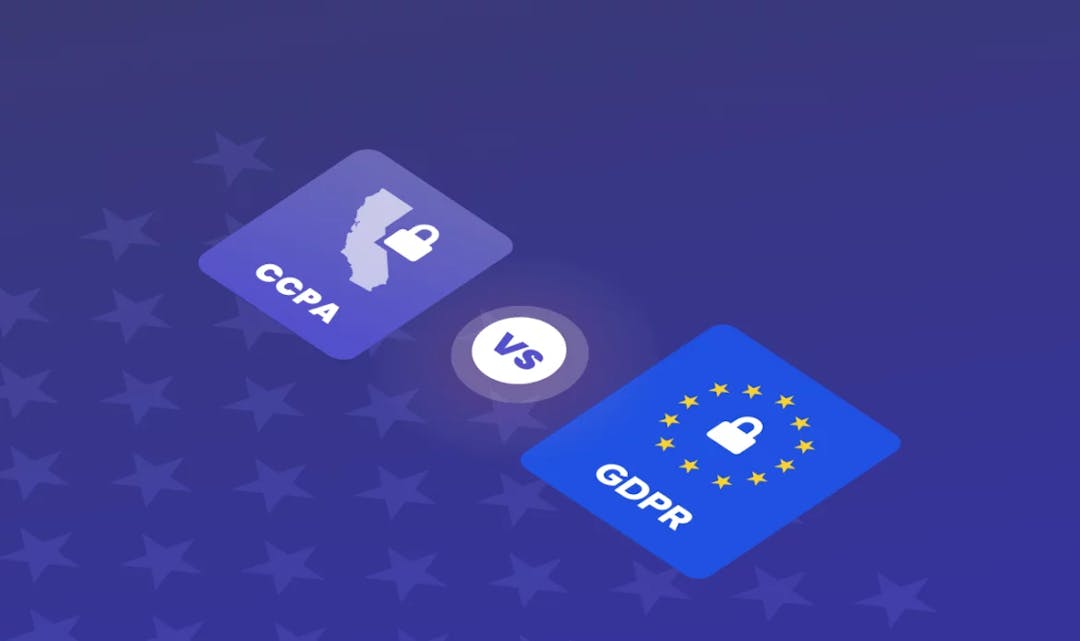
El Reglamento General de Protección de Datos (GDPR) de la Unión Europea (UE) y la Ley de Privacidad del Consumidor de California (CCPA) tienen muchas similitudes: se introdujeron casi al mismo tiempo, ambos otorgan a los consumidores mayores derechos sobre sus datos y ambos tienen impactos a escala global, pero también hay diferencias importantes.
¿Cuáles son las sanciones por violar la CCPA?
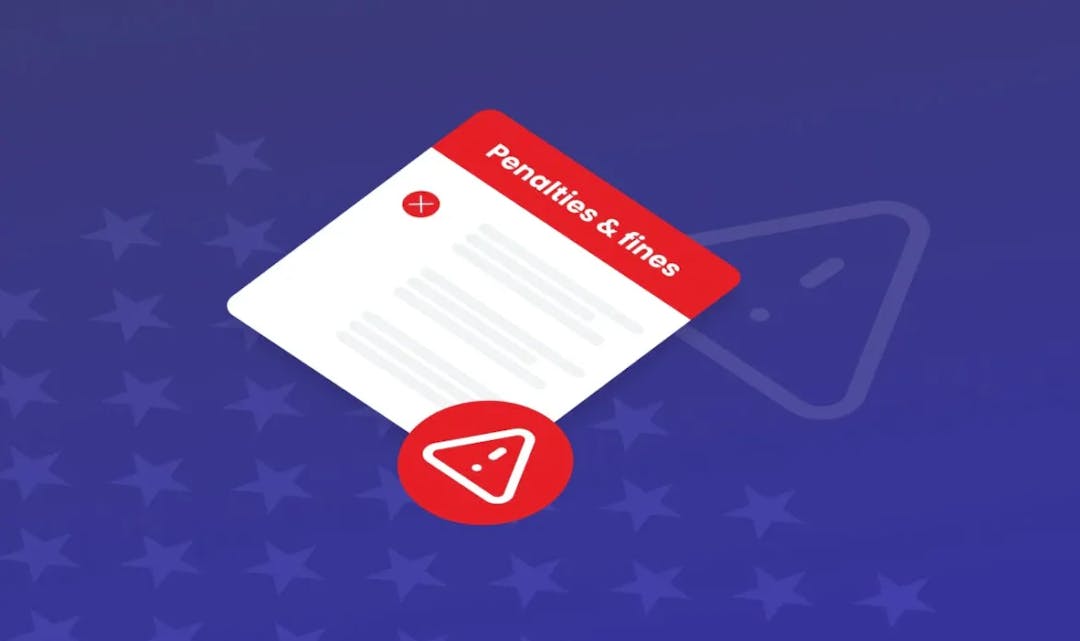
En septiembre de 2022, el minorista en línea Sephora acordó pagar 1,2 millones de dólares por infringir la Ley de Privacidad del Consumidor de California (CCPA), la primera vez que el Fiscal General de California tomó medidas de aplicación pública desde la introducción de la ley en 2020. La medida marcó el fin del período de asentamiento para la ley de datos y el comienzo de un enfoque más estricto para la aplicación. Si no está seguro de que su organización cumpla con la CCPA, es hora de dar un paso al frente, o podría enfrentarse a una penalización.
¿Necesito una Política de Cookies en mi Sitio Web?
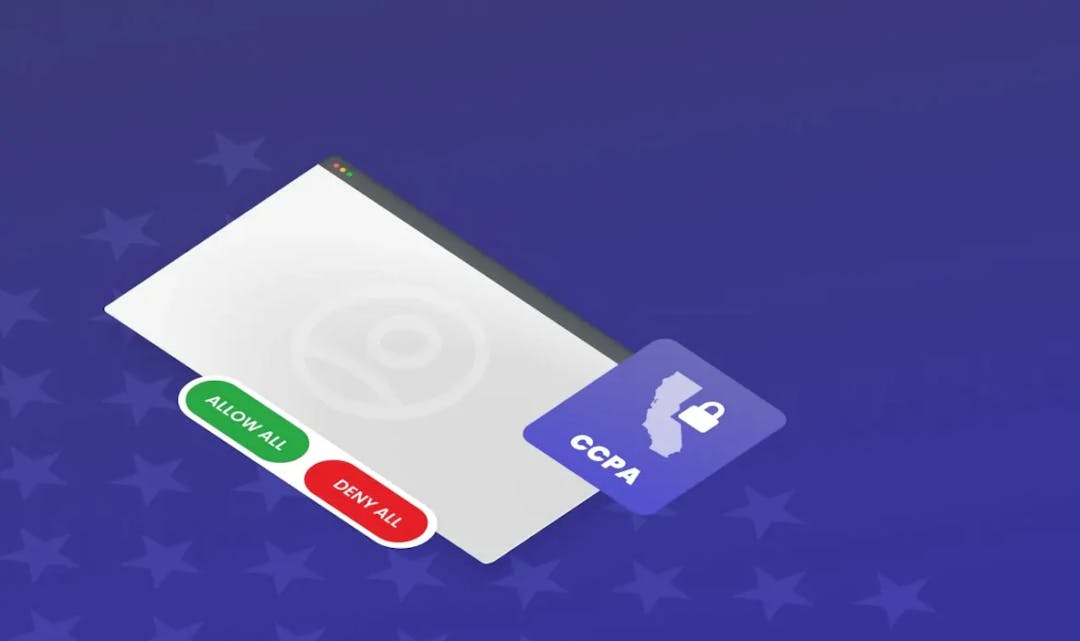
Muchas regiones de todo el mundo requieren una política de cookies como parte de las leyes de protección de datos, por ejemplo, la Ley de Privacidad del Consumidor de California (CCPA) de California o el Reglamento General de Protección de Datos (GDPR) de la UE. Estas leyes hacen que una política de cookies sea un requisito legal y el incumplimiento puede resultar en multas y sanciones.
¿Qué derechos otorga la CCPA a los consumidores?

La Ley de Privacidad del Consumidor de California (CCPA, por sus siglas en inglés) es un hito en la regulación de los derechos del consumidor, el primero de su tipo en los EE. UU. Su objetivo es dar a los consumidores un mayor control sobre cómo las empresas recopilan y utilizan sus datos personales.
Guía de los requisitos de exclusión voluntaria de la CCPA

La Ley de Privacidad del Consumidor de California (CCPA) se centra en dar a los consumidores un mayor control sobre la información personal recopilada sobre ellos. Una parte importante de esto es poder optar por no participar o rechazar el permiso para que los datos personales se utilicen de maneras particulares.
Guía de banners de cookies de CCPA
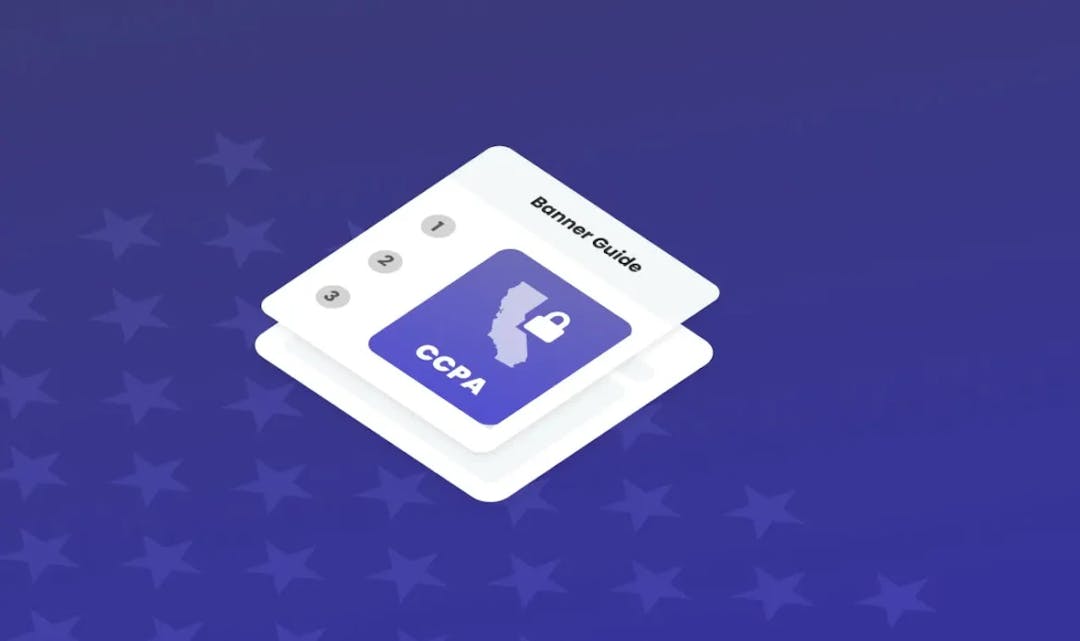
Los banners de cookies ayudan a su sitio a cumplir con los requisitos de la Ley de Privacidad del Consumidor de California (CCPA) que otorga a los residentes de California el derecho a opinar sobre cómo se recopilan y utilizan sus datos personales. ¿Qué cubre un banner de cookies de la CCPA y cómo se pueden hacer lo más fáciles de usar posible?
Lista de verificación de cumplimiento de la CCPA

Cumplir con los requisitos de la Ley de Privacidad del Consumidor de California (CCPA) puede ser desalentador. Es fácil entender el propósito general, pero los detalles complicados de exactamente lo que debe hacer para cumplir a menudo son más difíciles de entender.
¿A quién se aplica la CCPA?

La Ley de Privacidad del Consumidor de California de 2018 (CCPA, por sus siglas en inglés) tiene impactos mucho más allá de las fronteras de California. El estado de EE.UU. tiene una economía de 4 billones de dólares; si California fuera un país, sería la cuarta economía más grande del planeta.
Guía para el proyecto de ley de protección de datos e información digital del Reino Unido

El gobierno del Reino Unido quiere reformar las leyes de protección de datos, eliminando la carga administrativa y ayudando a promover la innovación. El desafío es lograr esto sin causar interrupciones o arriesgar las relaciones comerciales.
Cómo cumplir con la CCPA

La Ley de Privacidad del Consumidor de California (CCPA) se aplica a las empresas con fines de lucro que recopilan o procesan los datos de los residentes de California, incluso si están fuera del estado. Dado que California tiene la economía más grande de los Estados Unidos, la legislación ha afectado a las empresas de todo el país y más allá desde que entró en vigor el 1 de enero de 2020.
Cómo comprobar el cumplimiento de su sitio web de forma rápida y sencilla

En la batalla para seguir cumpliendo con el panorama global de privacidad de datos en constante cambio, los sitios web tienen una nueva y poderosa herramienta a su disposición. CookieHub, la plataforma líder de gestión de consentimiento, ofrece una verificación de cumplimiento rápida y gratuita que proporciona a los sitios web información privilegiada sobre cada cookie que están ejecutando.
Implementar el consentimiento de cookies no es mucho más fácil

Si eres como la mayoría de las personas, la idea de agregar código a tu sitio web es una idea incómoda en el mejor de los casos, y casi aterradora en el peor. Con líneas de código JavaScript y HTML que inspiran temor en los propietarios de sitios web de todo el mundo, la tarea de cumplir con las leyes internacionales de privacidad de datos es un proceso difícil para muchos.
Cómo cambiarán las leyes de privacidad de datos en 2023

Las leyes de privacidad de datos pueden haber comenzado como una forma de ayudar a asegurar actividades de alto riesgo como la banca y la atención médica, pero ahora cubren todo, desde las compras diarias hasta los servicios de transmisión. Si bien eso es indudablemente algo positivo para los clientes, cuando se trata de las empresas que atienden a estos clientes, cumplir con los datos puede ser muy complicado, muy rápidamente.
Ordenanza de Protección de Datos Personales de Hong Kong (PDPO)
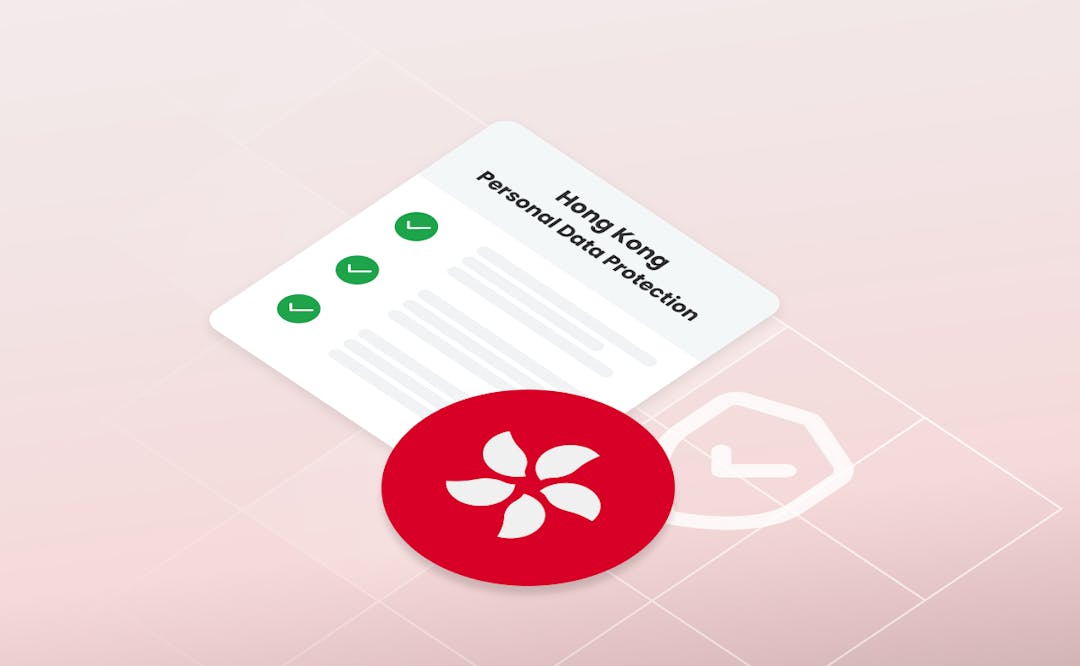
Aprobada en 1995, la Ordenanza de Datos Personales (Privacidad) de Hong Kong (PDPO, por sus siglas en inglés) es una de las leyes de protección de datos más consolidadas de Asia. Creada en respuesta a un informe de la Comisión de Reforma Legal de 1994, que sugería que Hong Kong debía establecer una legislación de privacidad actualizada conforme a las directrices de la OCDE, la PDPO fue introducida para proporcionar al territorio los niveles de privacidad necesarios para mantener su prestigio como centro comercial internacional.
Ley de Protección de Datos Personales de Tailandia: hay una nueva ley de privacidad que debes conocer
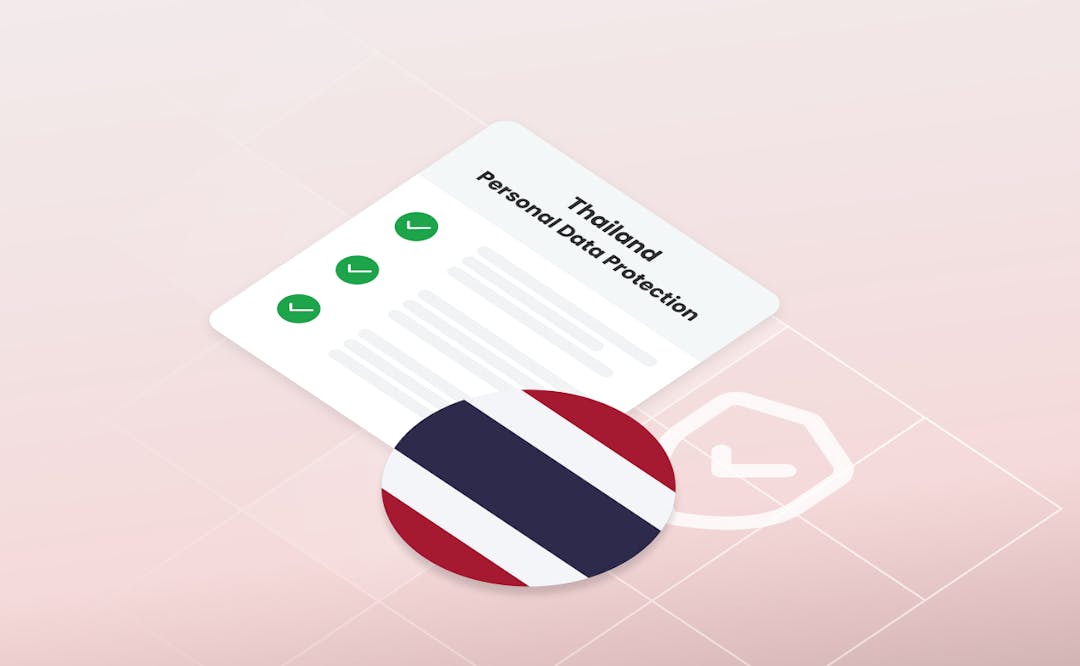
La aplicación de la Ley de Protección de Datos Personales de Tailandia comenzó el 1 de junio después de tres años de retrasos. Promulgada originalmente en mayo de 2019, esta ley refleja el Reglamento General de Protección de Datos de la Unión Europea y se une a una larga lista de leyes destinadas a salvaguardar a los usuarios de Internet y proteger la información personal.
Verificador de cookies: ¿Mi sitio web utiliza cookies?
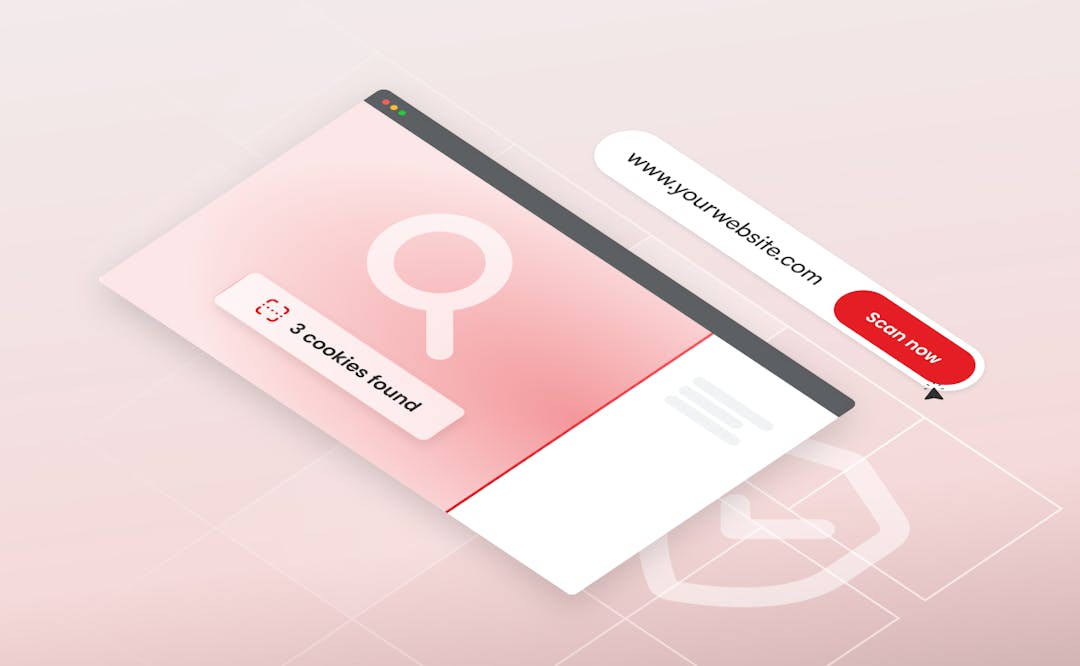
Para los propietarios de sitios web, las cookies también son fáciles de usar e implementar. No requieren los recursos de un servidor y ocupan solo una pequeña cantidad de memoria. Se pueden configurar de muchas maneras, pueden persistir durante períodos de tiempo personalizados y pueden impulsar campañas de marketing altamente dirigidas a segmentos de mercado altamente específicos.
Las nuevas directrices de privacidad de Italia: esto es lo que debes saber
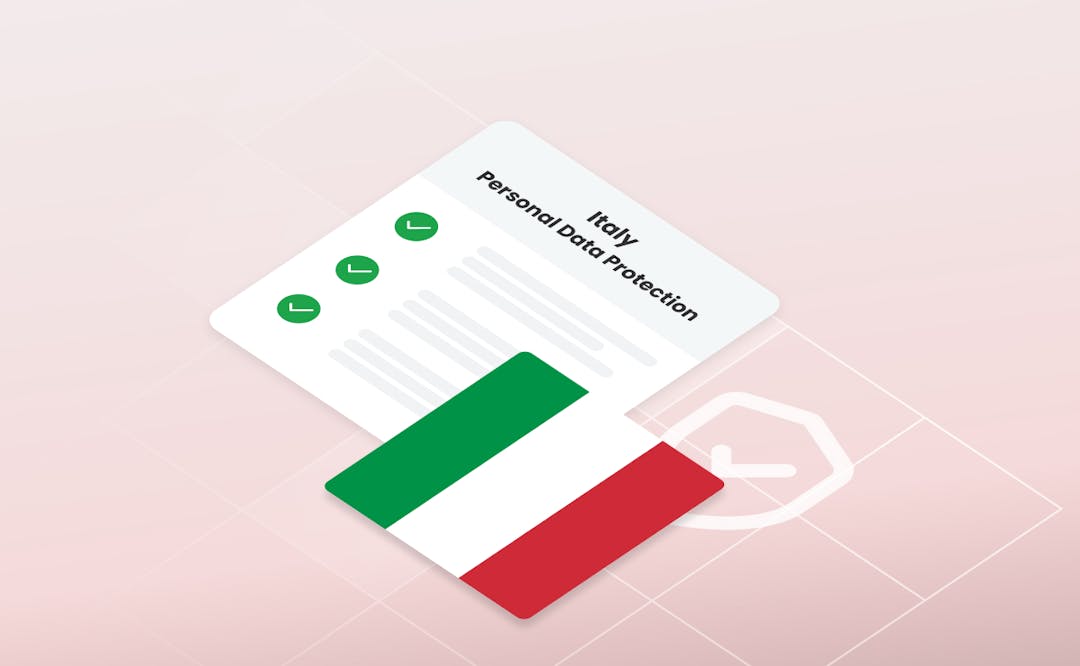
El 9 de enero de 2022 entraron en vigor nuevas directrices de la autoridad italiana de protección de datos, que afectan a cualquier sitio web que utilice cookies. Las nuevas pautas se anunciaron el verano pasado y las autoridades otorgaron a los administradores de sitios web un período de seis meses para conocer las nuevas reglas y hacer ajustes. Con las nuevas reglas de privacidad ahora en vigor, los administradores de sitios web deben subirse al día y comprender estas regulaciones y adaptarse a ellas.
¡Puedes hacerlo! Conviértase en distribuidor de CookieHub y únase a nuestro programa de socios

CookieHub facilita la creación de una plataforma de gestión de consentimiento y tiene todo lo que necesita para que su sitio web cumpla con GDPR, LGPD y CCPA . Ahora, estamos haciendo que el cumplimiento sea fácil y lucrativo con nuestro programa de revendedores. Lo mejor es que nuestro programa de revendedores no solo funciona para desarrolladores web y gurús de la tecnología: cualquiera puede subirse a bordo y comenzar a vender hoy.
¿Qué es la CPPA – Ley de Protección de la Privacidad del Consumidor de Canadá?
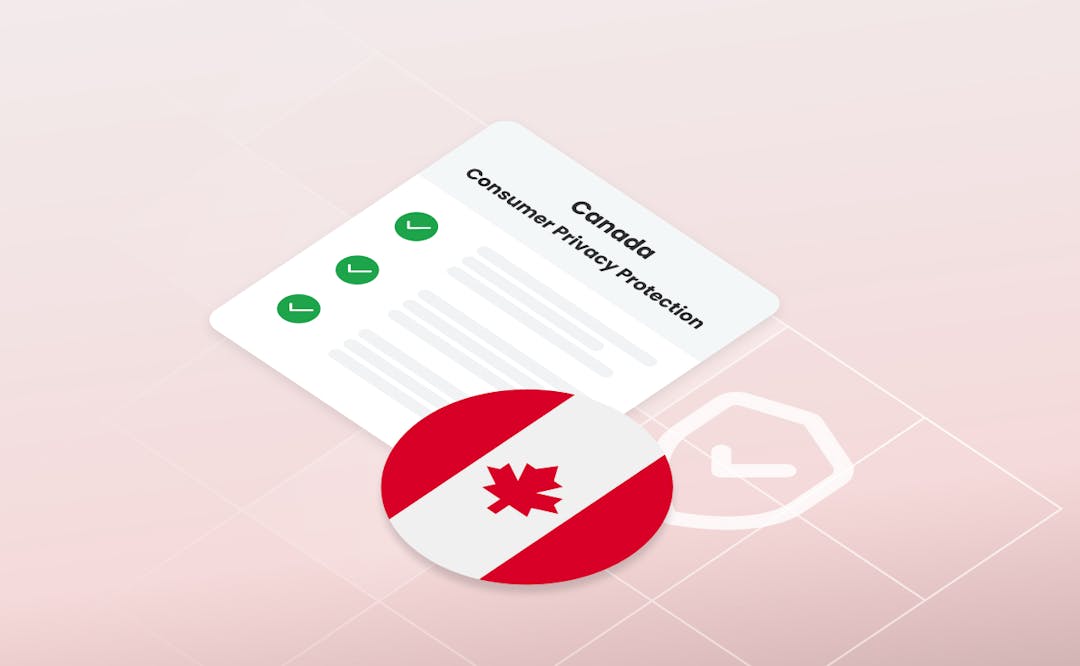
Siguiendo los pasos de otros legisladores, en noviembre de 2020, la Cámara de los Comunes de Canadá introdujo la Ley de Implementación de la Carta Digital (DCIA), también conocida como Proyecto de Ley C-11. Al igual que leyes similares de privacidad de datos, la DCIA tiene como objetivo regular la recopilación, distribución, uso y divulgación de la información del consumidor utilizada en actividades comerciales.
¿Qué es la APPI – Ley de Protección de Datos de Japón?
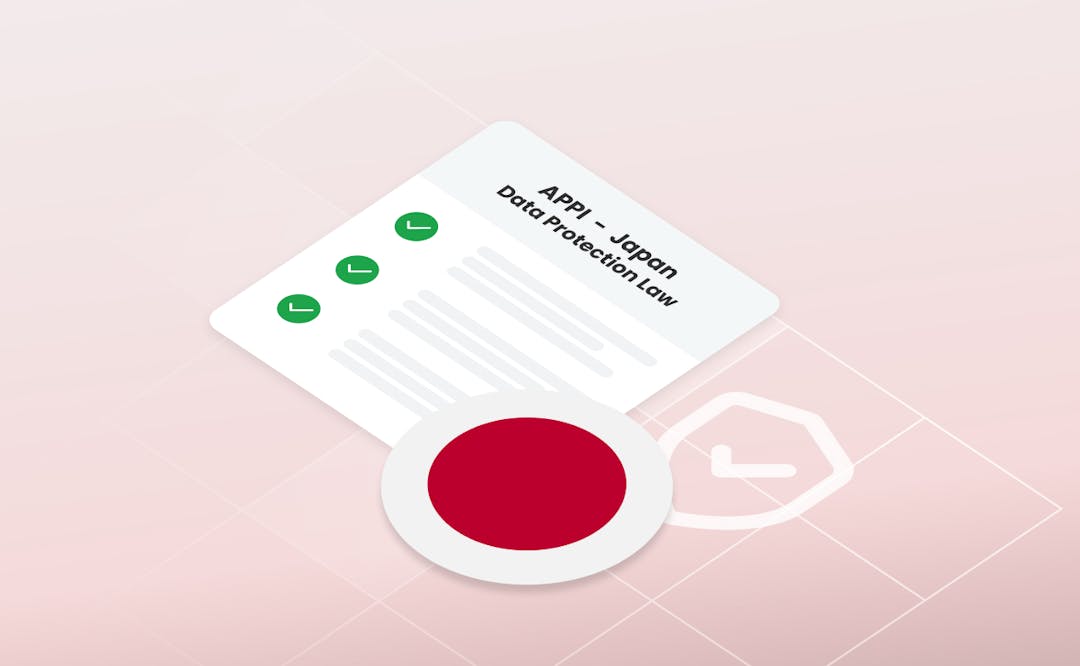
En junio de 2020, el gobierno japonés promulgó una enmienda a la APPI. La nueva APPI modificada entrará en vigor el 1 de abril de 2022. Al igual que otras leyes de privacidad de datos en todo el mundo, la APPI tiene como objetivo proteger los datos personales de los ciudadanos japoneses.
¿Qué es POPIA – Ley de Privacidad de Datos de Sudáfrica?
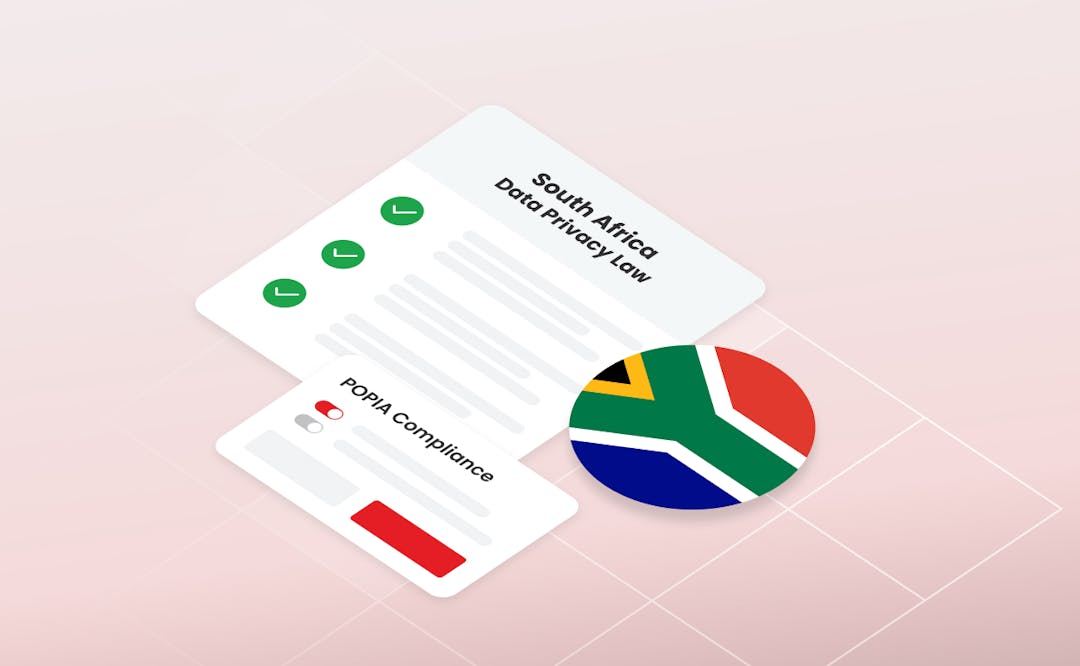
En julio de 2020, el Parlamento sudafricano promulgó la POPIA. Es la ley de privacidad de datos más reciente y destacada del país que rige los datos personales de los sudafricanos. Con una serie de nuevas leyes de privacidad de datos que entrarán en vigor en todo el mundo, como el GDPR y la CCPA, esta es la última incorporación, mejorando las regulaciones sudafricanas para reflejar las nuevas normas globales.
¿Qué es una plataforma de gestión de consentimiento?
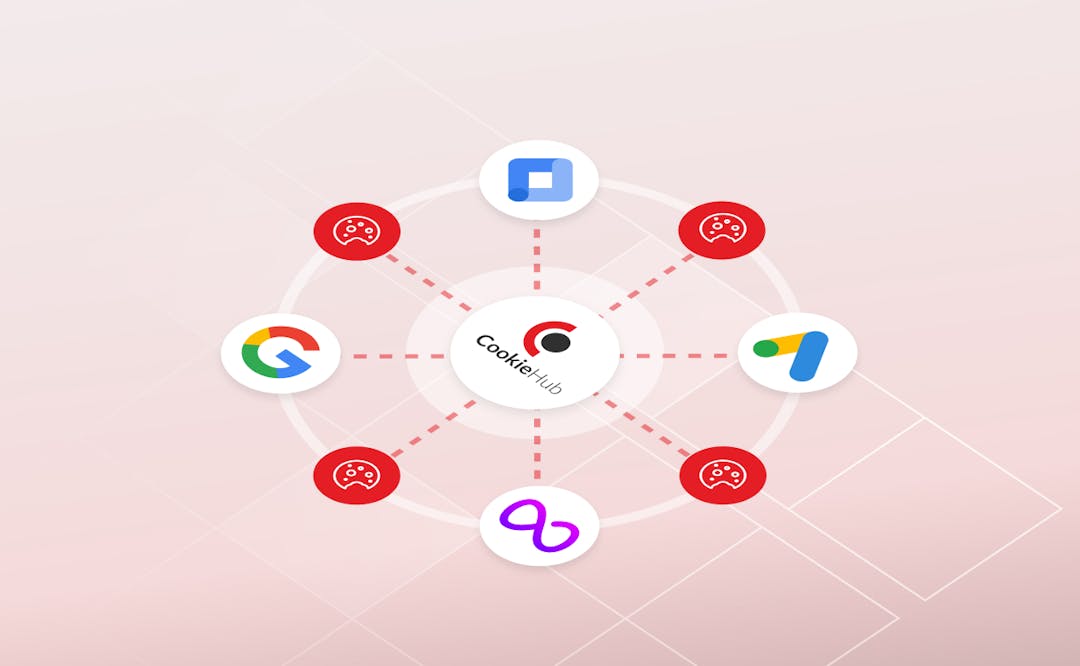
Una plataforma de gestión del consentimiento (CMP) es una solución utilizada por sitios web y aplicaciones móviles para gestionar y almacenar el consentimiento de sus usuarios para la recopilación y el uso de sus datos personales. Los CMP ayudan a las organizaciones a cumplir con las regulaciones de privacidad como GDPR y CCPA al proporcionar una solución centralizada para administrar y documentar el consentimiento del usuario.
¿Qué es la CNIL?

En virtud de la Carta de los Derechos Fundamentales de la UE, todos los Estados miembros estaban obligados a crear una autoridad de protección de datos. Estas agencias se encargan de proteger los derechos de los datos de los ciudadanos de la UE en el Estado miembro. La Autoridad Francesa de Protección de Datos en Francia es la CNIL.
¿Qué es la AEPD?
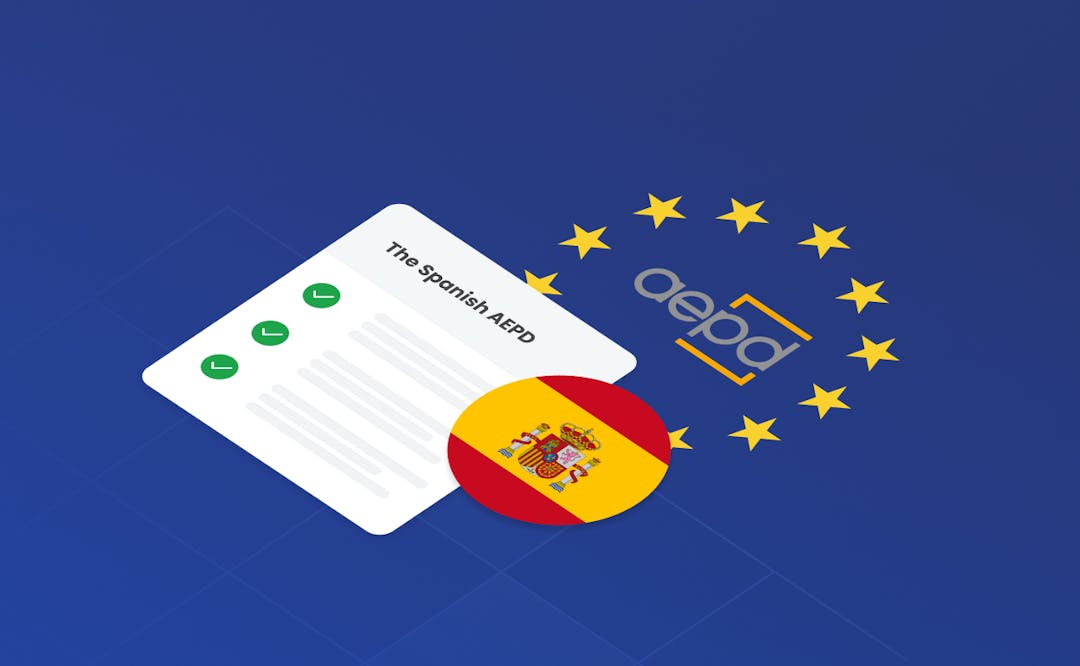
En todo el mundo, las empresas y los particulares son ahora comúnmente conscientes del GDPR. Se trata de un marco legislativo que rige la recopilación y el uso de datos personales de ciudadanos de la UE. Lo que a menudo se aprecia menos es el papel que desempeñan los Estados miembros individuales en la protección de datos.
¿Qué es la PDPA – Ley de Protección de Datos Personales de Singapur?
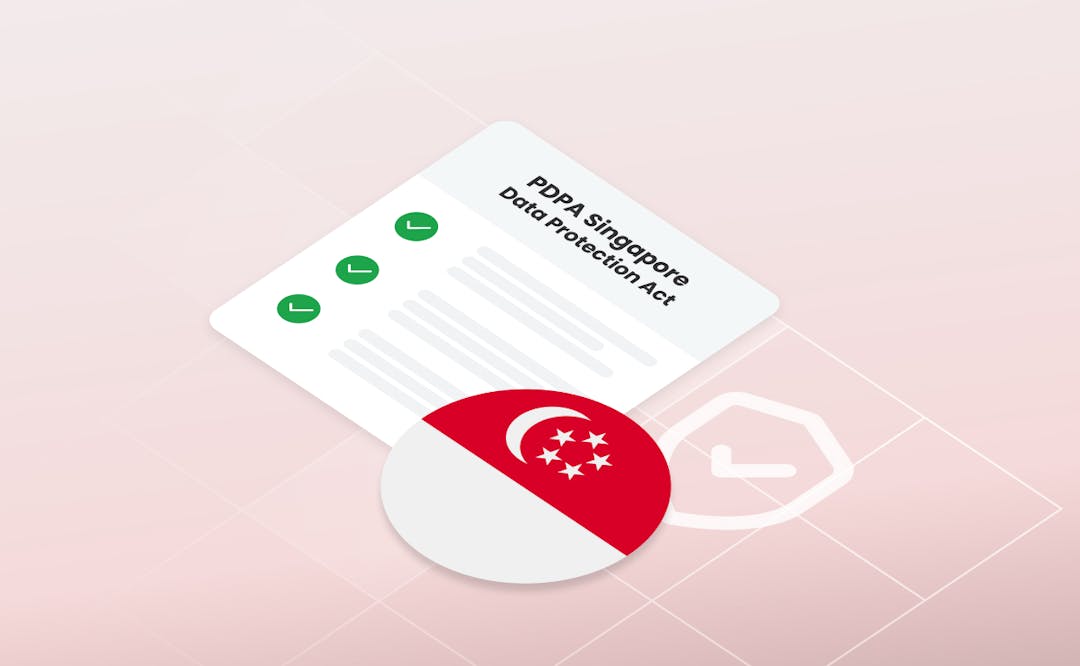
A medida que Internet se ha globalizado cada vez más, las autoridades nacionales han tomado medidas para proteger los datos personales de los ciudadanos. Eso se produce después de numerosas violaciones de datos importantes por parte de corporaciones transnacionales, además de la recopilación secreta de datos personales sin supervisión regulatoria. En Singapur, la ley de protección de datos es la PDPA.
¿Qué es CCPA? (Y cómo cumplir con la normativa)

Aunque la mayoría de las personas que trabajan en el ámbito de la protección de datos han oído hablar del RGPD, la CCPA recibe mucha menos atención. Aprobada por la Legislatura del Estado de California, la CCPA intenta dar a los consumidores más control sobre sus datos personales. La CCPA y el GDPR comparten muchas similitudes, ya que ambas leyes tienen como objetivo abordar los mismos problemas. A saber, las numerosas violaciones de datos personales de las principales corporaciones y la recopilación secreta de datos personales sin supervisión regulatoria.
¿Qué es la LGPD – Ley General de Protección de Datos de Brasil?

La LGPD es la Ley General de Protección de Datos de Brasil (Lei Geral de Proteção de Dados Pessoais). Fue promulgada por el Congreso Nacional de Brasil el 14 de agosto de 2018 y entró en vigor en septiembre de 2020.
El Brexit y el RGPD: ¿qué hay que saber?
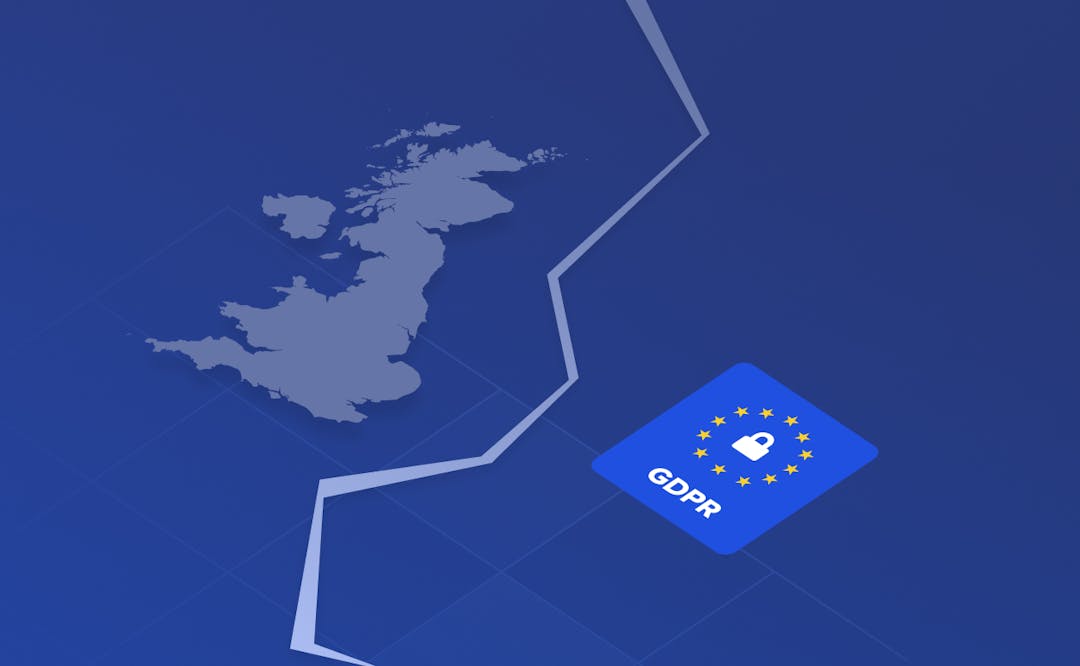
Cuando el RGPD entró en vigor en mayo de 2018, el Reino Unido todavía era un estado miembro de la UE. Aunque las negociaciones para la salida del Reino Unido de la UE (Brexit) habían estado en curso desde el referéndum de 2016, el Reino Unido seguía obligado a cumplir con el GDPR.
¿Se aplica el RGPD a las empresas de fuera de la UE?

En 2018, la Unión Europea (UE) lanzó el Reglamento General de Protección de Datos (RGPD). Regula la recopilación y el uso de datos personales por parte de todas las entidades privadas y públicas. El reglamento se aplica exclusivamente a los datos personales de los ciudadanos de la UE. Eso significa que las empresas de fuera de la UE no están exentas. Más bien, en determinadas circunstancias, el RGPD se aplica a las empresas de fuera de la UE. A continuación, te explicamos las condiciones en las que las empresas de fuera de la UE deben cumplir con el RGPD. Y también, qué pasa si no lo hacen.
¿Cuáles son los requisitos de consentimiento del RGPD?

El Reglamento General de Protección de Datos (RGPD) es ahora la base de la legislación de protección de datos en línea. Dado que regula todos los datos personales de los ciudadanos de la UE, el Reglamento no solo es aplicable a las organizaciones con sede en la UE. De hecho, cualquier sitio web al que pueda acceder un ciudadano de la UE debe cumplir con los estándares del GDPR.
¿Cómo cumplir con GDPR?
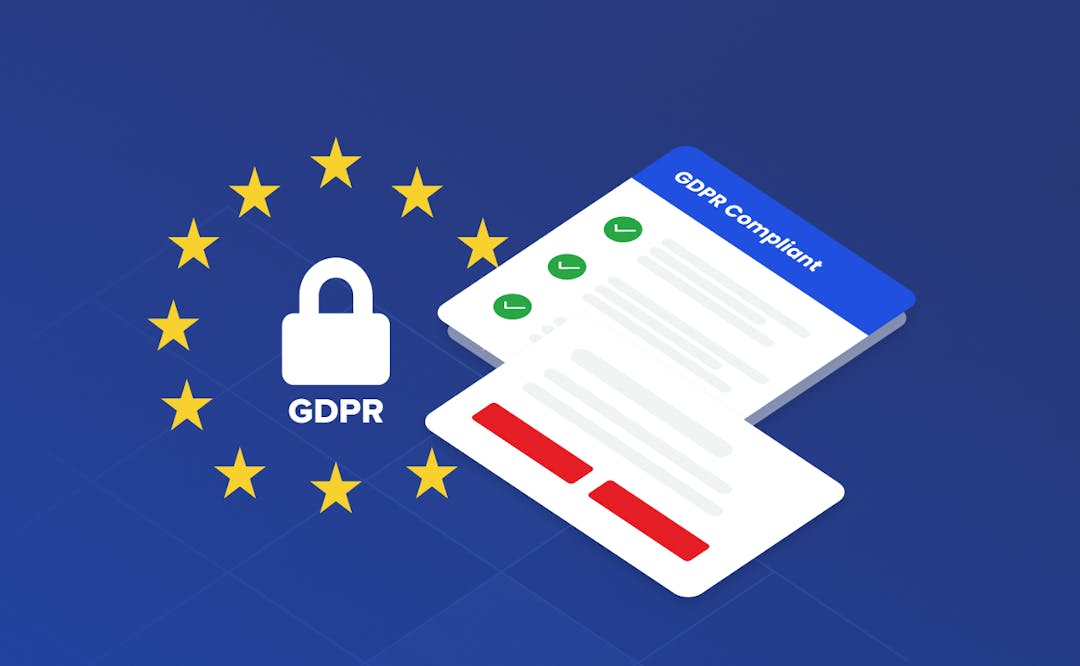
Tras años de filtraciones de datos y del uso secreto de los datos personales por parte de las empresas tecnológicas, la UE respondió con el RGPD. Rige y regula la recopilación y el uso de datos personales para los ciudadanos de la UE. Eso no solo se aplica a las empresas con sede en la UE. Se aplica a cualquier empresa a la que tengan acceso ciudadanos de la UE, incluso si la organización no comercializa directamente a ciudadanos de la UE.
¿Qué se considera datos personales según el RGPD?
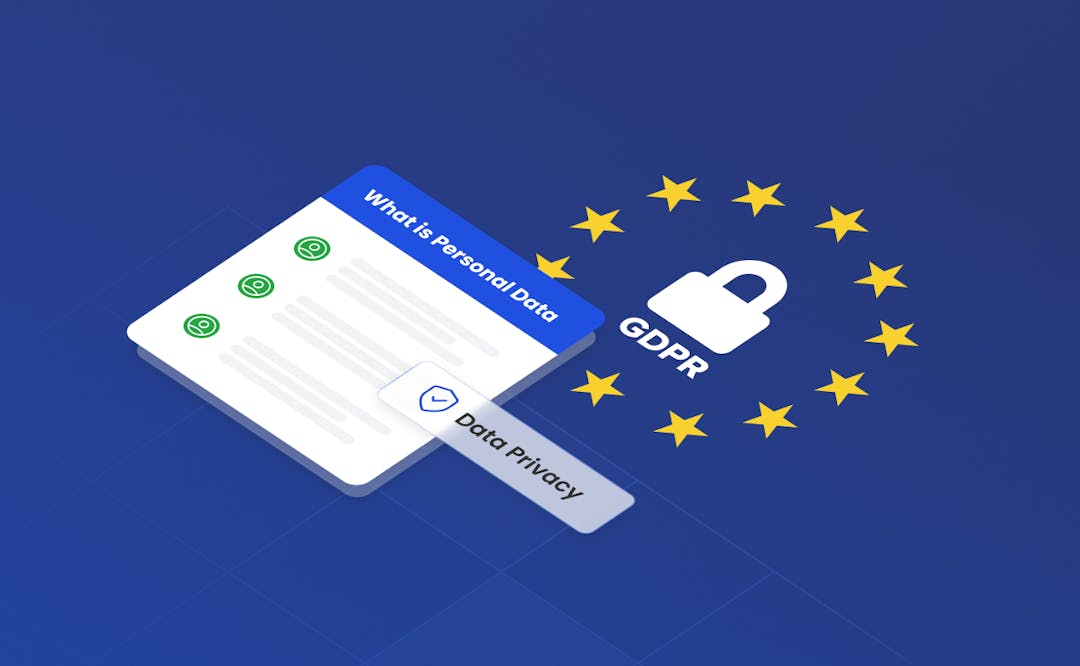
Según el RGPD, los datos personales se definen como cualquier información identificable sobre una persona. Esto puede incluir información como el nombre, la dirección, la dirección de correo electrónico, la dirección IP, los datos biométricos y más de una persona. El RGPD es la legislación de protección de datos de mayor alcance del mundo. Regula la recopilación, el almacenamiento y la destrucción de datos personales de todos los ciudadanos de la UE. Tampoco están exentas las organizaciones ubicadas geográficamente fuera de la UE. Esta normativa general abarca todos los datos personales de los ciudadanos de la UE.
¿Qué significa el RGPD para las empresas y los usuarios de tecnología de consumo?

Si eres una empresa que maneja datos personales, lo sabrás: el GDPR lo ha cambiado todo. Las organizaciones ya no pueden recopilar libremente datos sobre personas de todo el mundo. Ahora, independientemente de la ubicación de la organización, se espera que traten los datos personales de los ciudadanos de la UE de acuerdo con el RGPD El objetivo fundamental del RGPD es que el consumidor tenga un control firme de sus datos personales.
¿Qué es el RGPD?
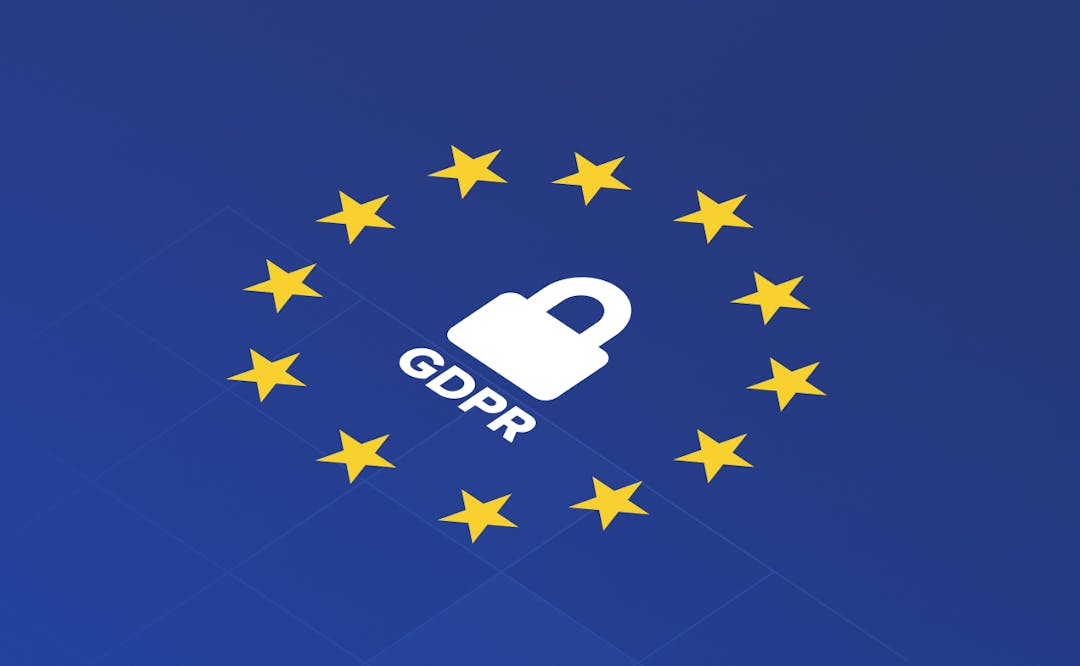
Si trabajas en el ámbito de la protección de datos o simplemente eres activo en línea, es probable que hayas oído hablar del RGPD. Redactada y aprobada por la UE, es la ley de privacidad y seguridad más estricta del mundo. Sin embargo, GDPR no está relacionado exclusivamente con los países de la UE. Porque GDPR impone obligaciones a las organizaciones en cualquier parte del mundo si se encuentran en posesión de datos de ciudadanos de la UE.
Definiciones de la Ley de Cookies
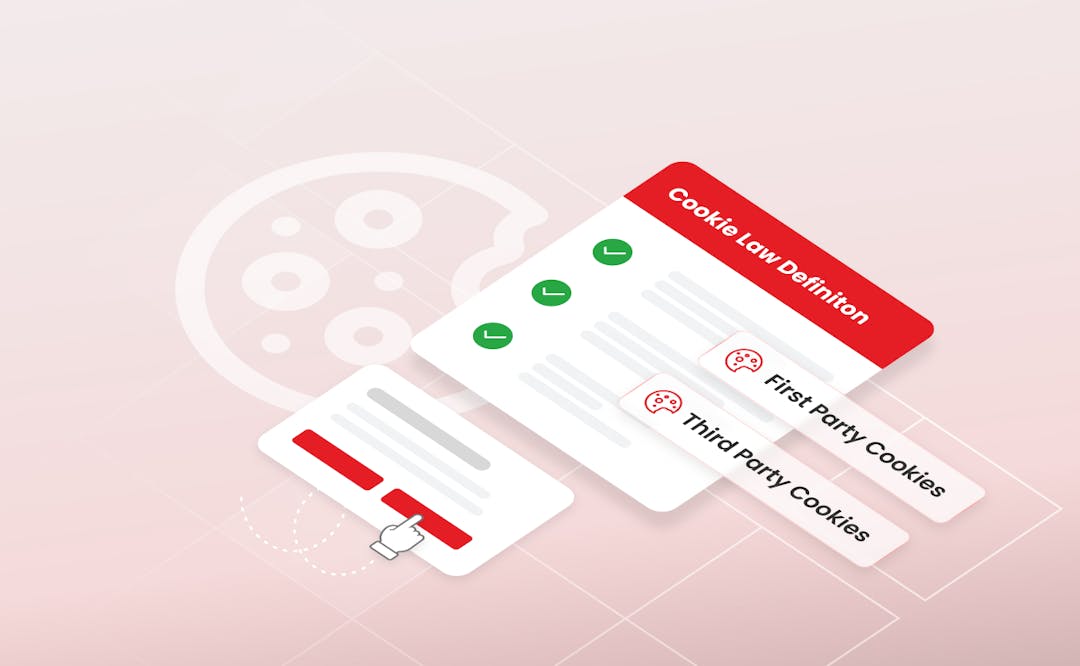
Al navegar por Internet, es muy probable que haya encontrado innumerables ventanas emergentes o banners que indican el uso de cookies y una solicitud para que el usuario final permita las cookies. Esto se debe a las regulaciones de protección de la privacidad implementadas en los últimos años (es decir, la ley de cookies de la UE-Directiva de privacidad electrónica de 2009 y el GDPR), con el fin de proteger a las personas. Estos consentimientos registrados sirven para proteger a los vendedores y las empresas de las ramificaciones legales.
¿Qué es una cookie de seguimiento?
Casi todo el mundo está familiarizado con el término «cookie» cuando se trata de navegar por la web, pero si desea obtener más información sobre el verdadero propósito de una cookie de seguimiento, siga leyendo.
©2018-2025 CookieHub ehf.
CookieHub CMP offers tools and services for managing cookies and online privacy.


